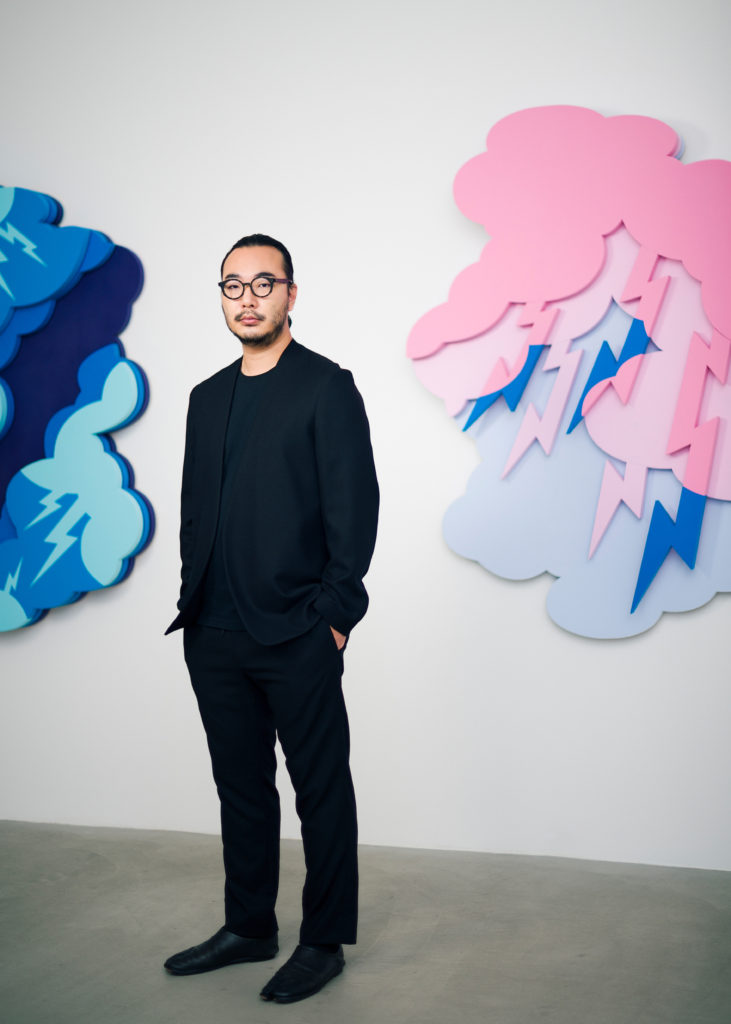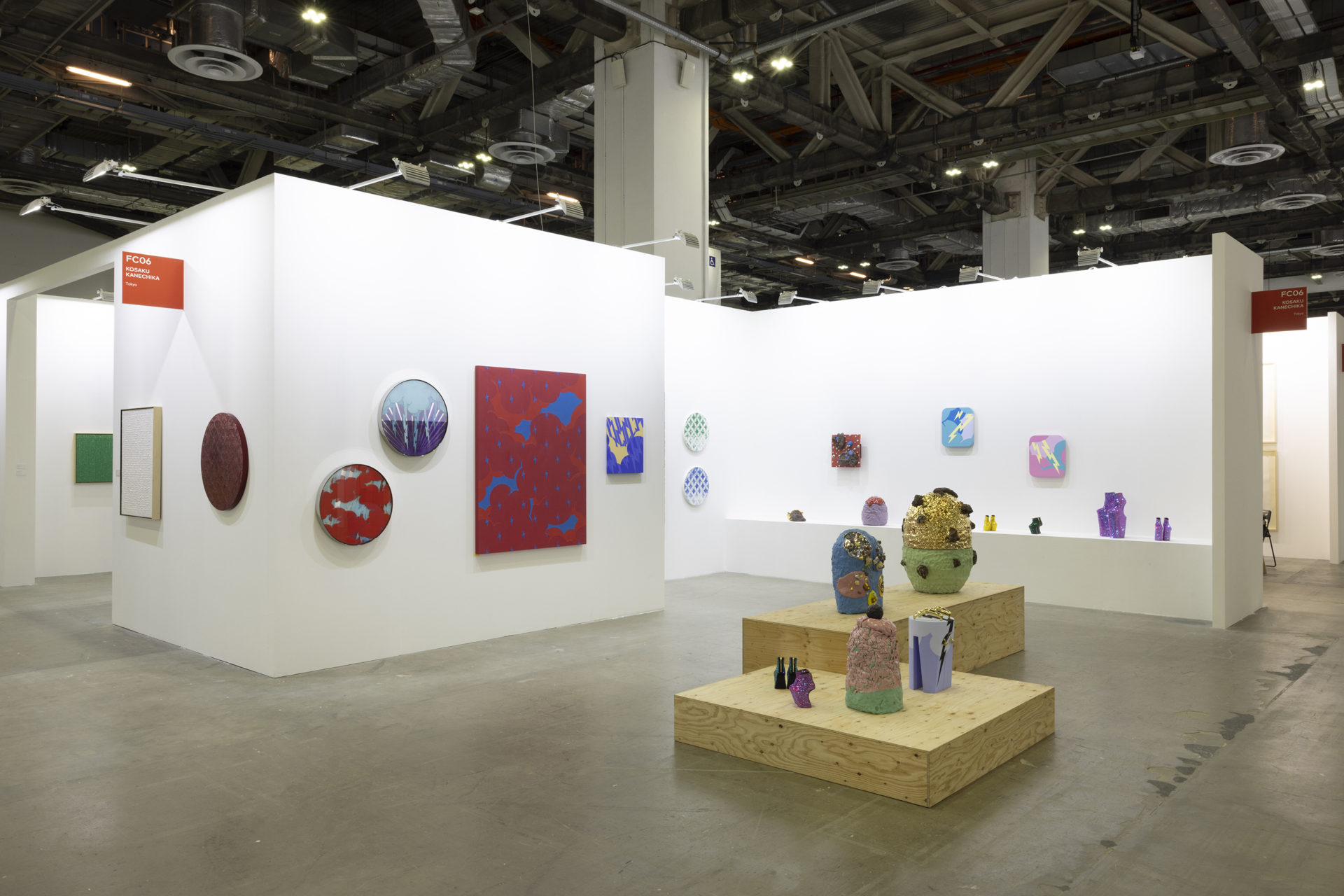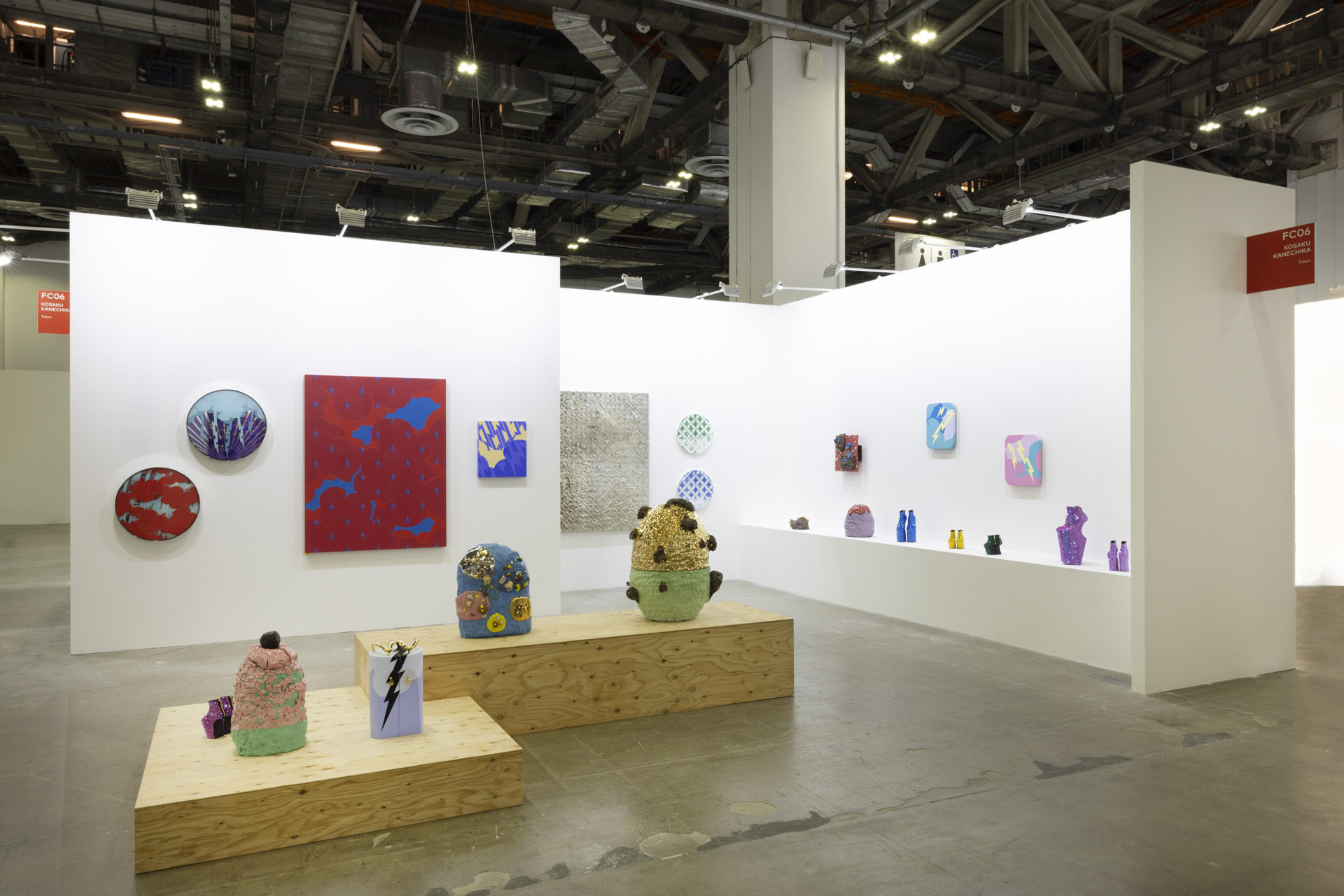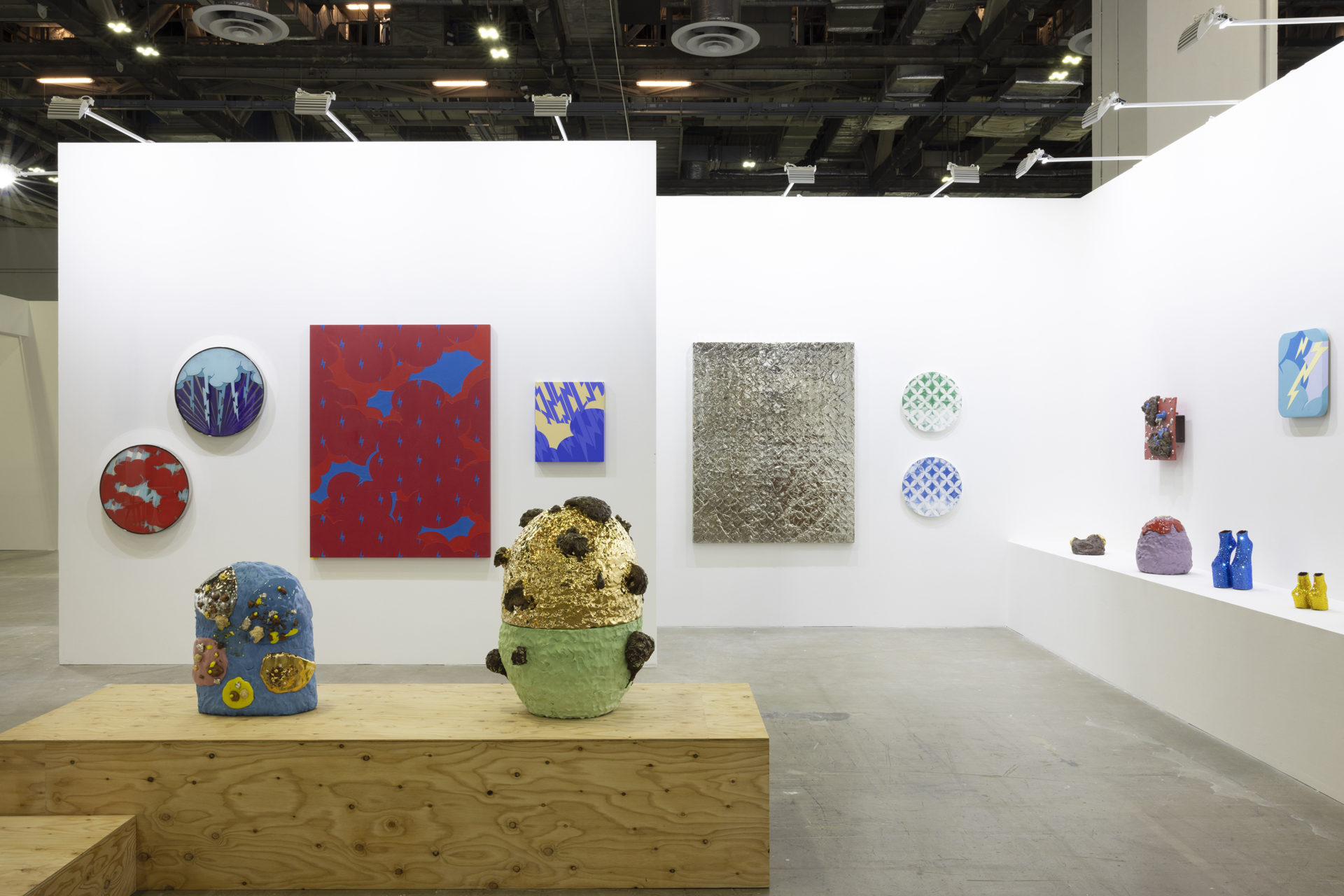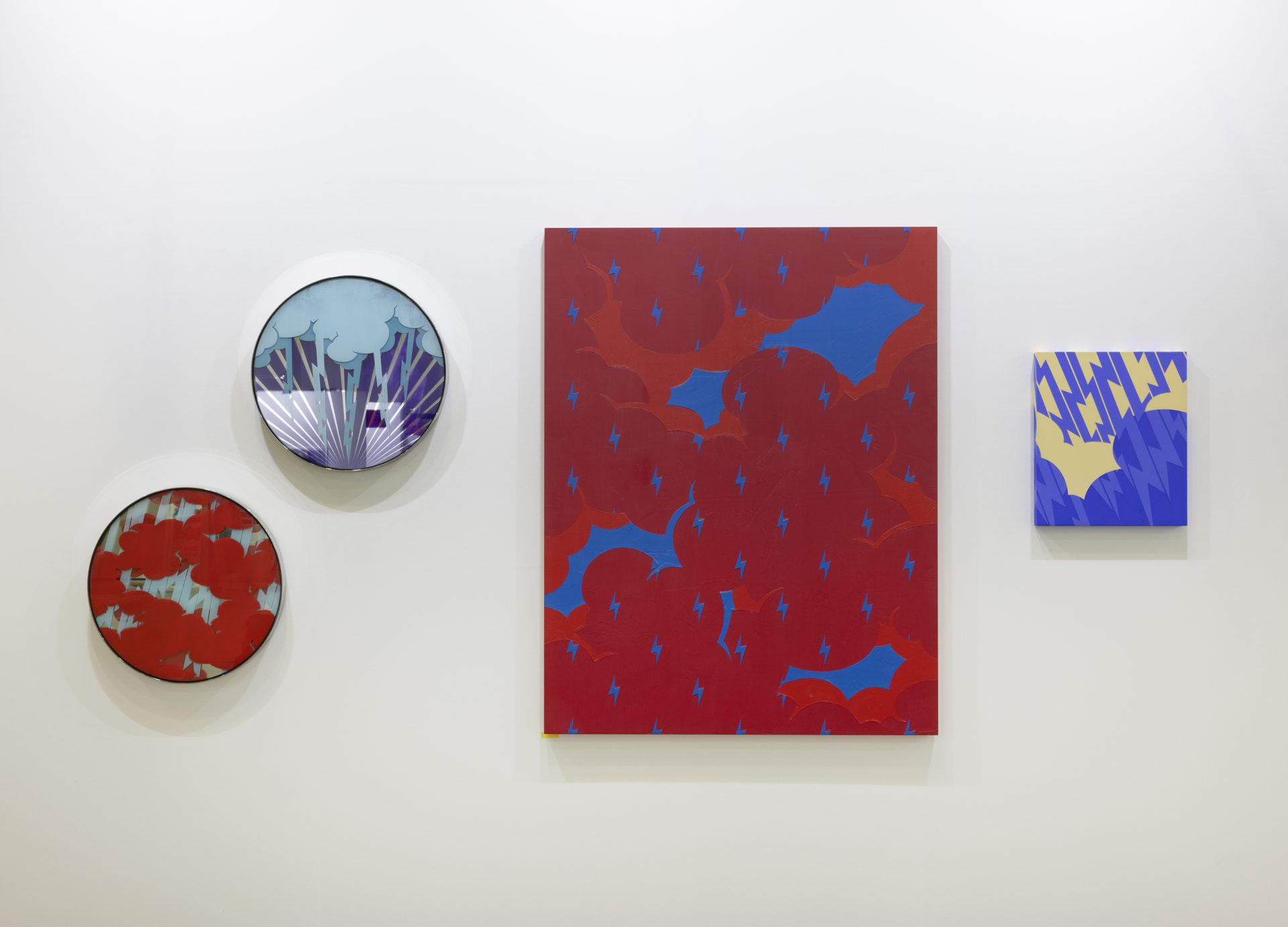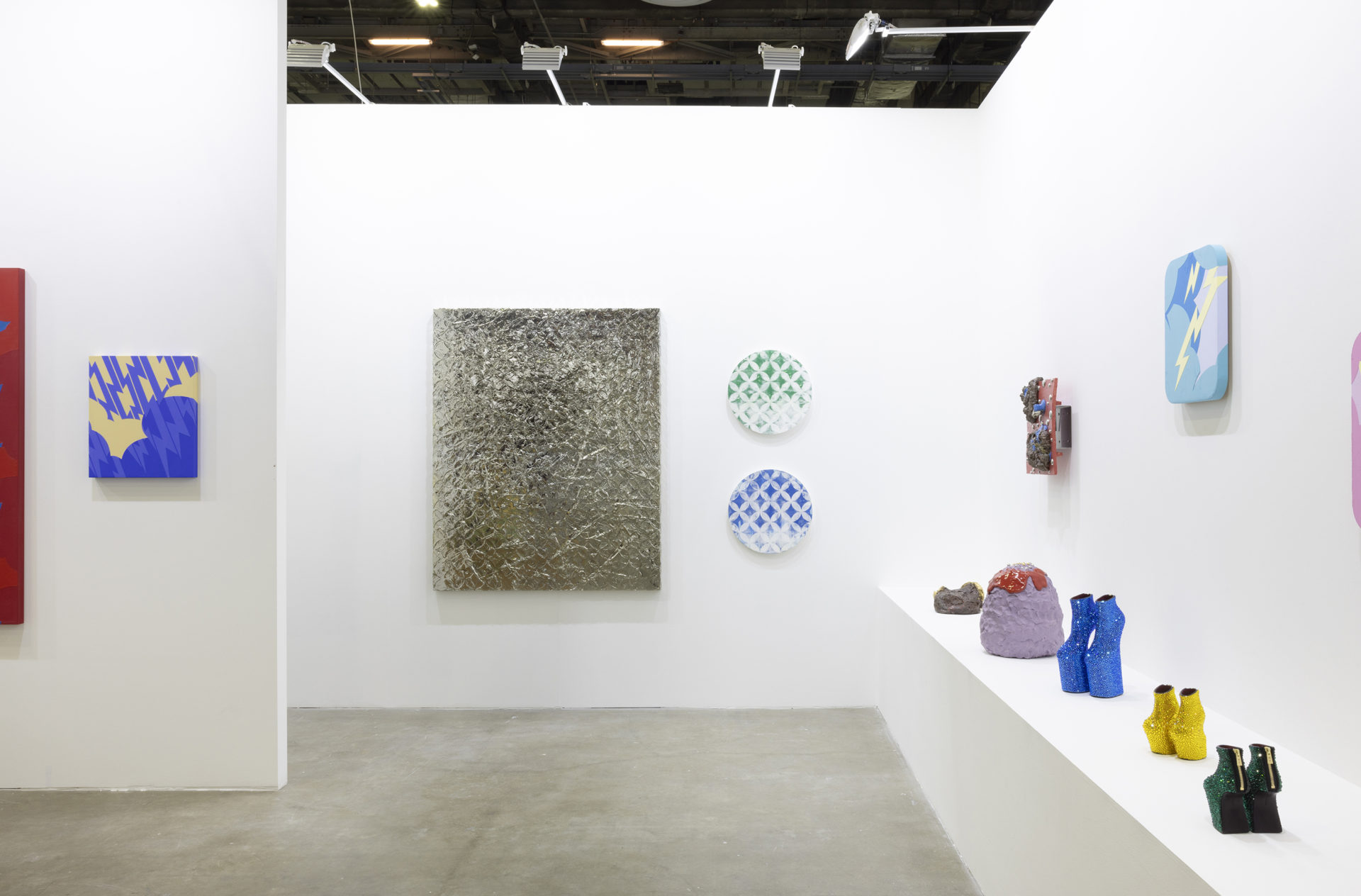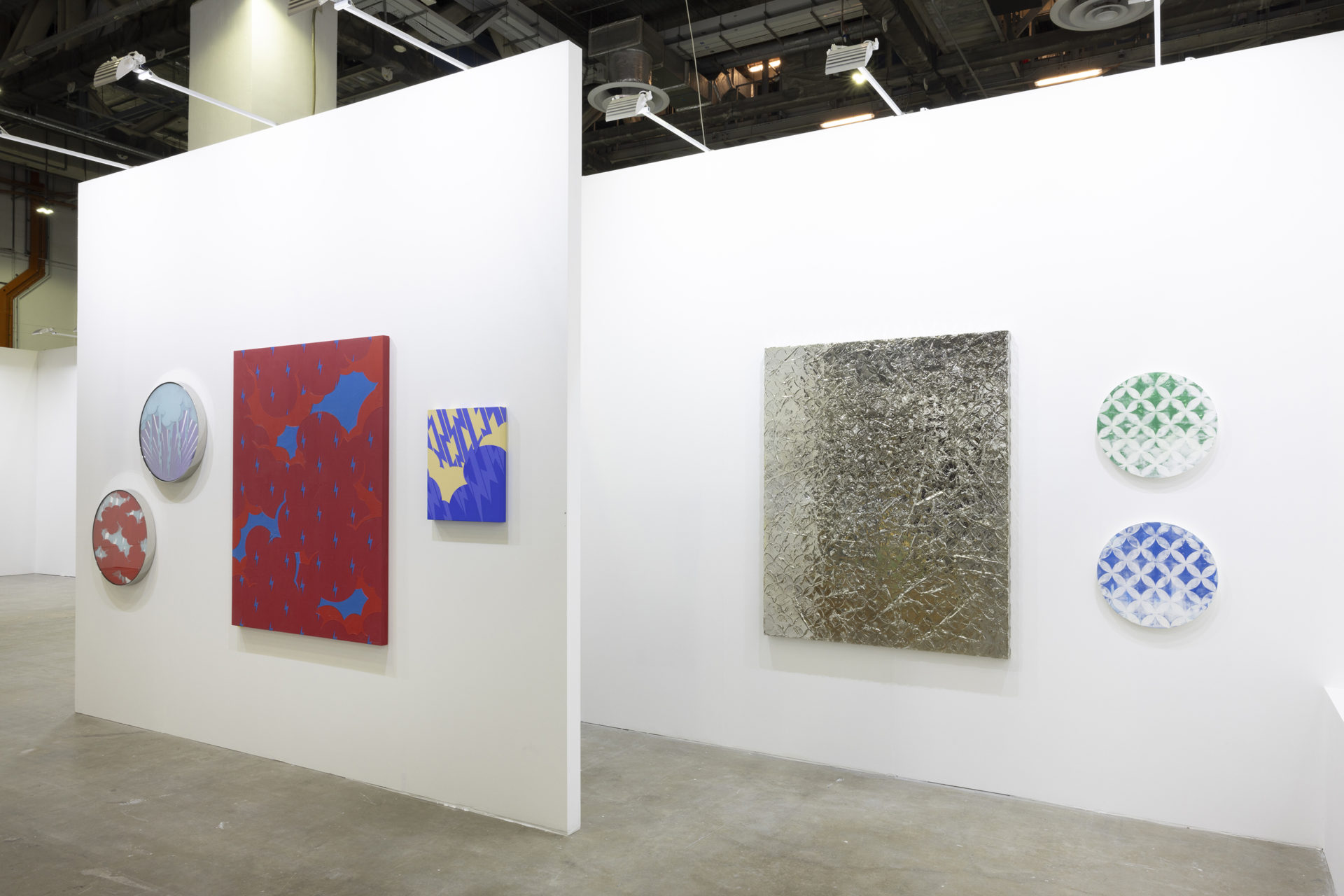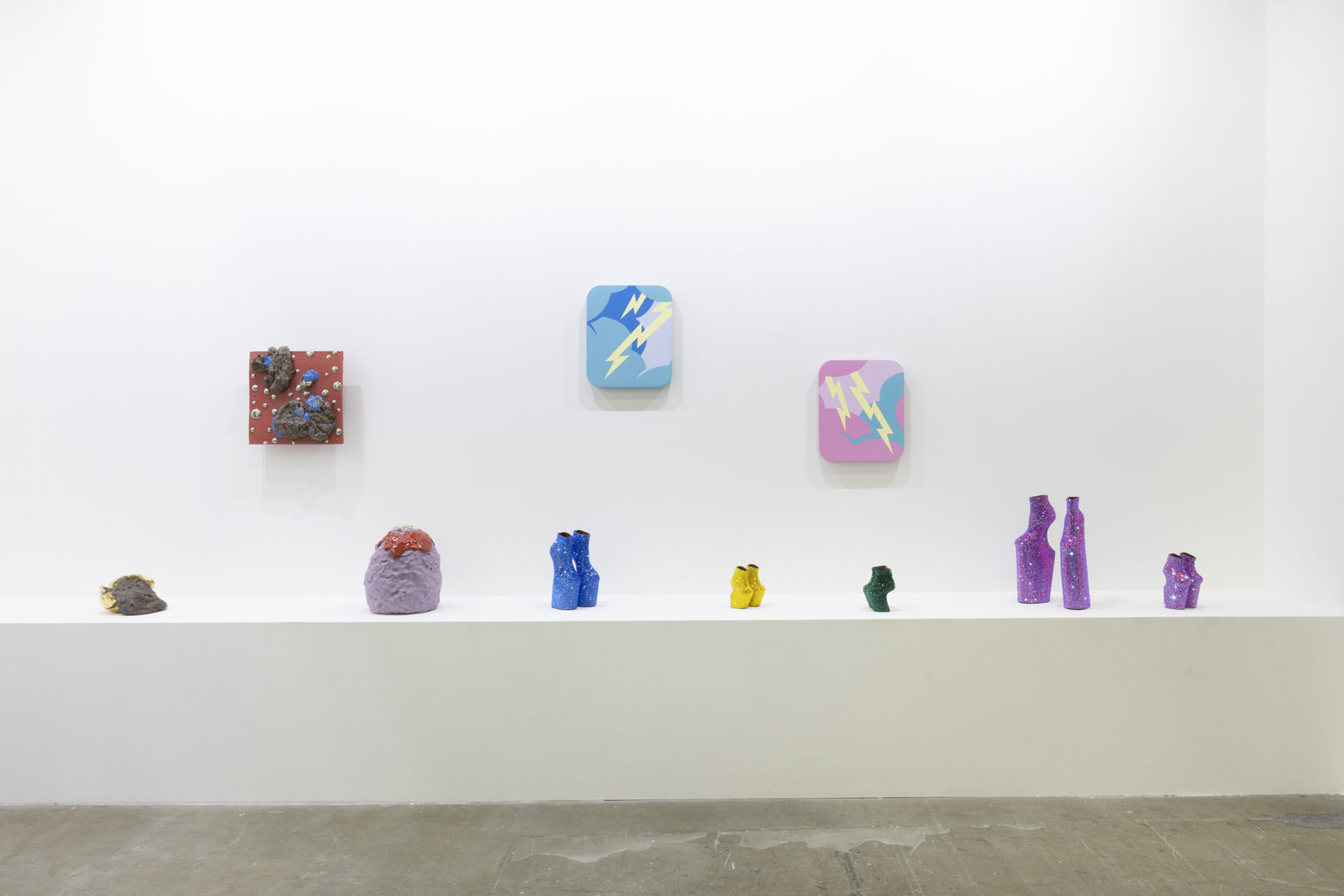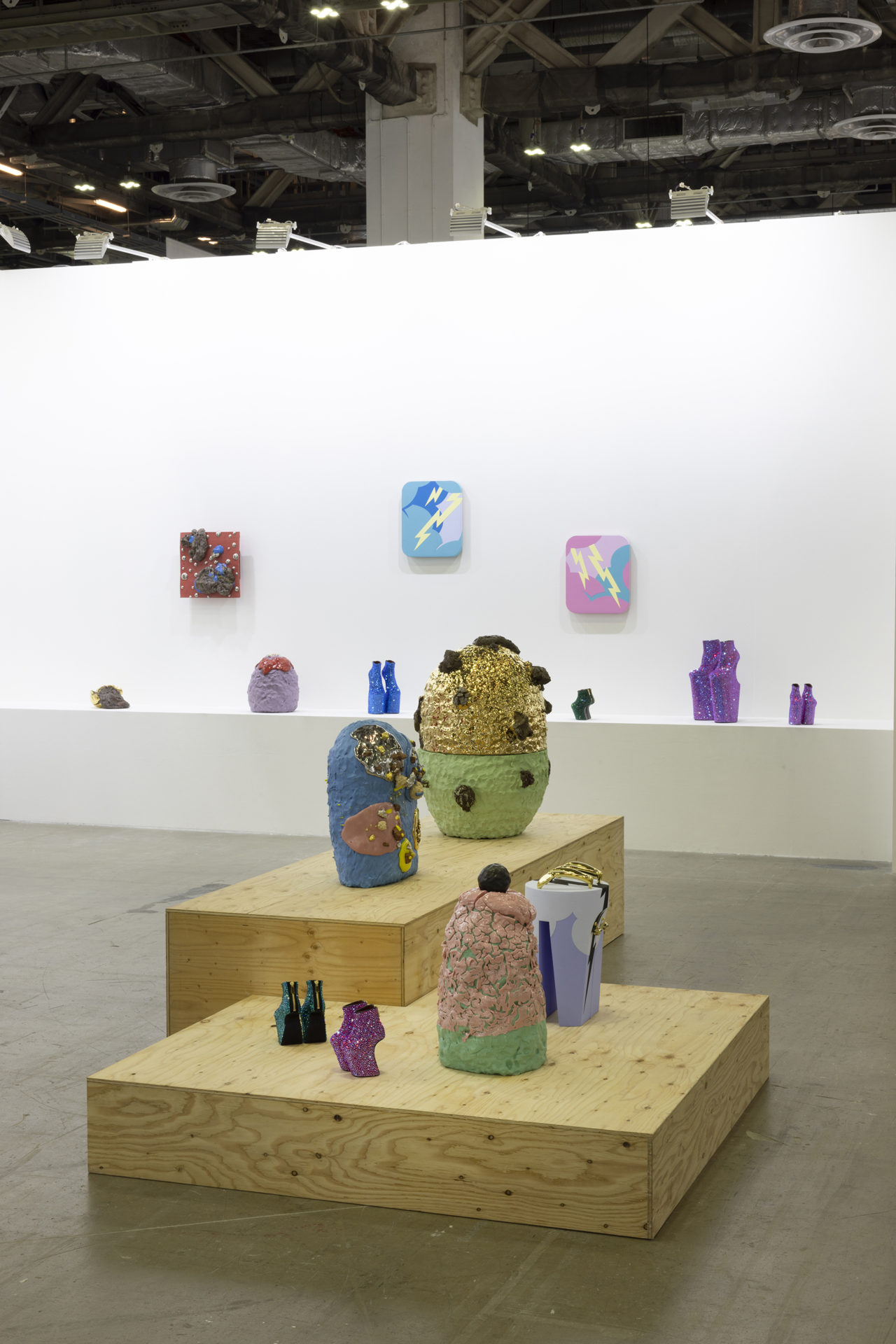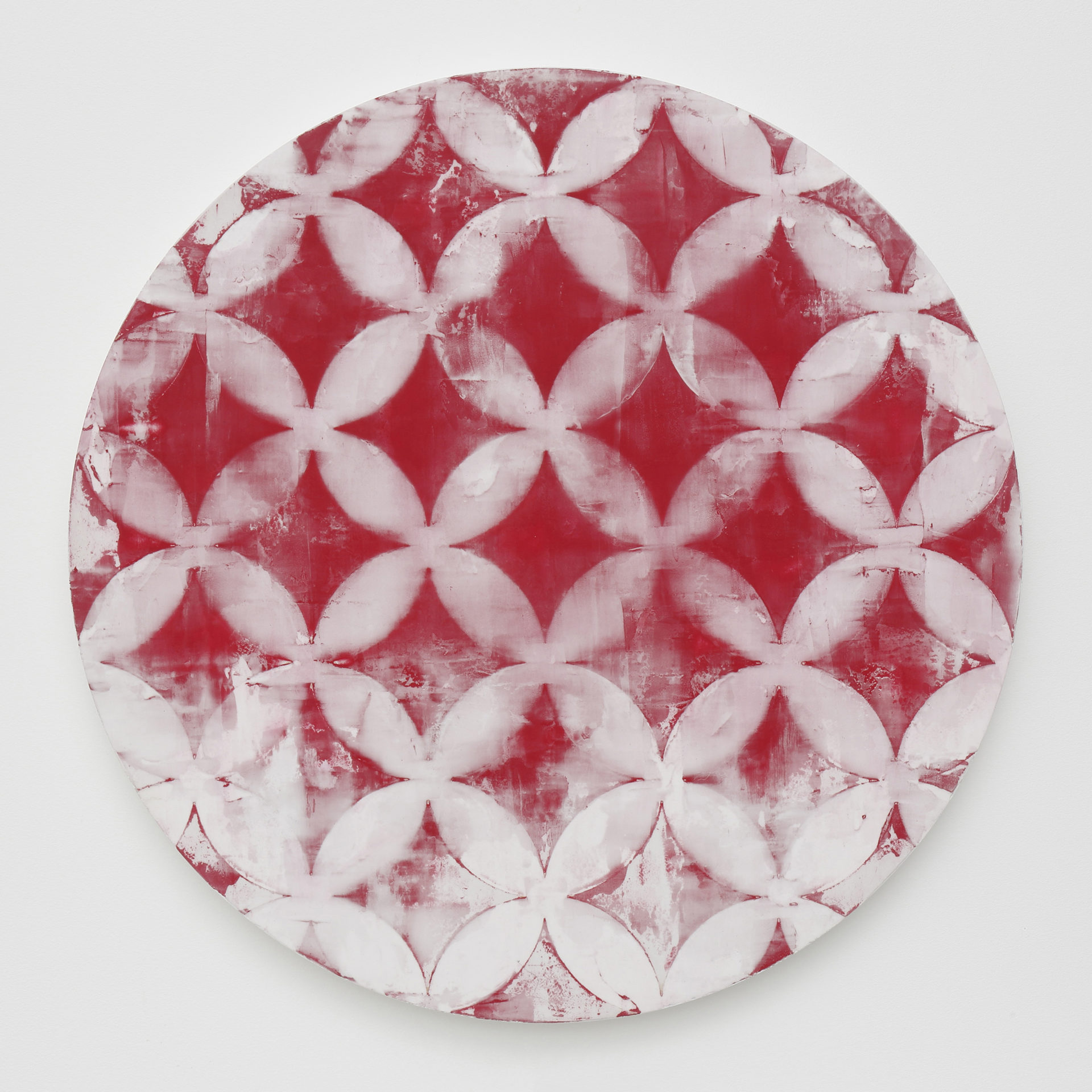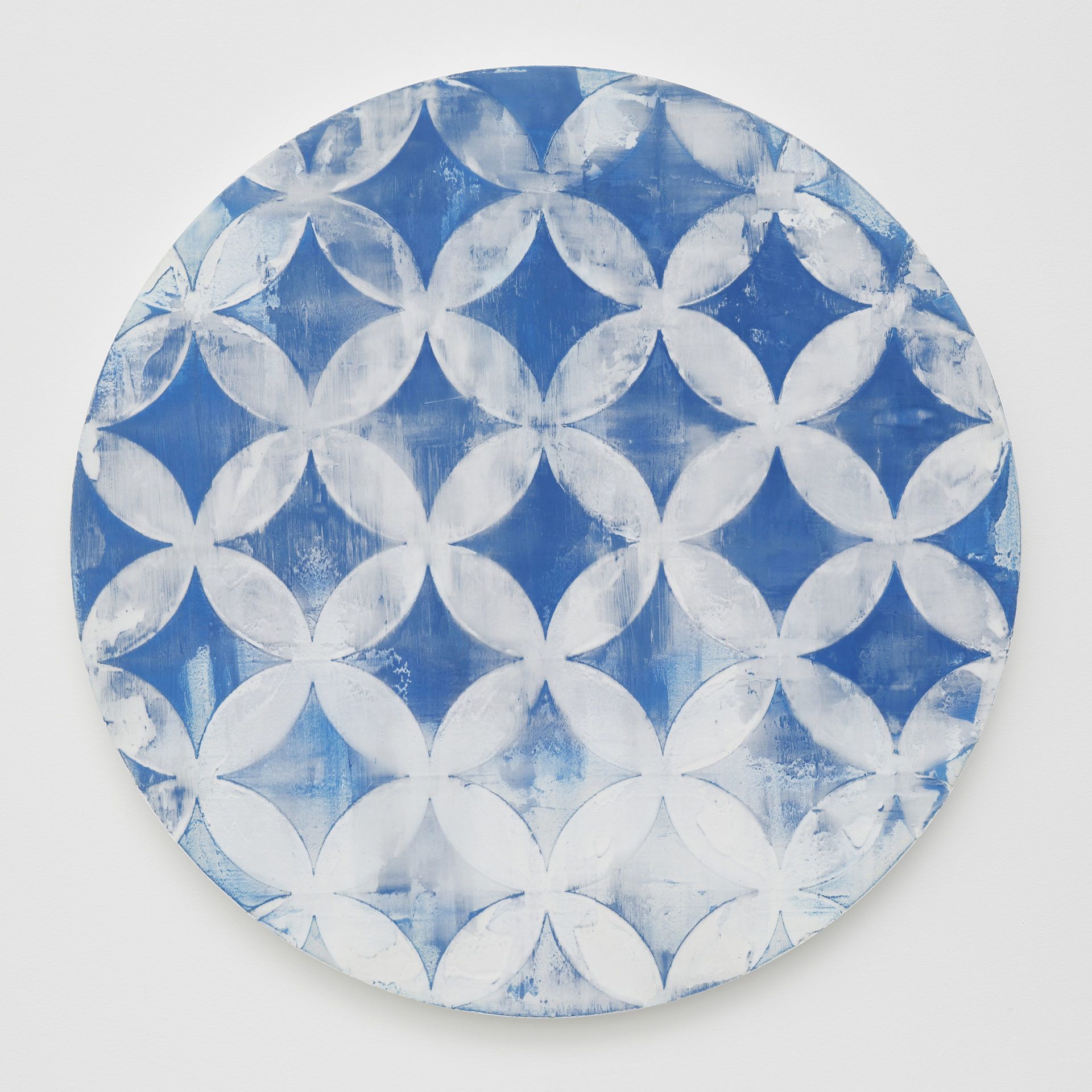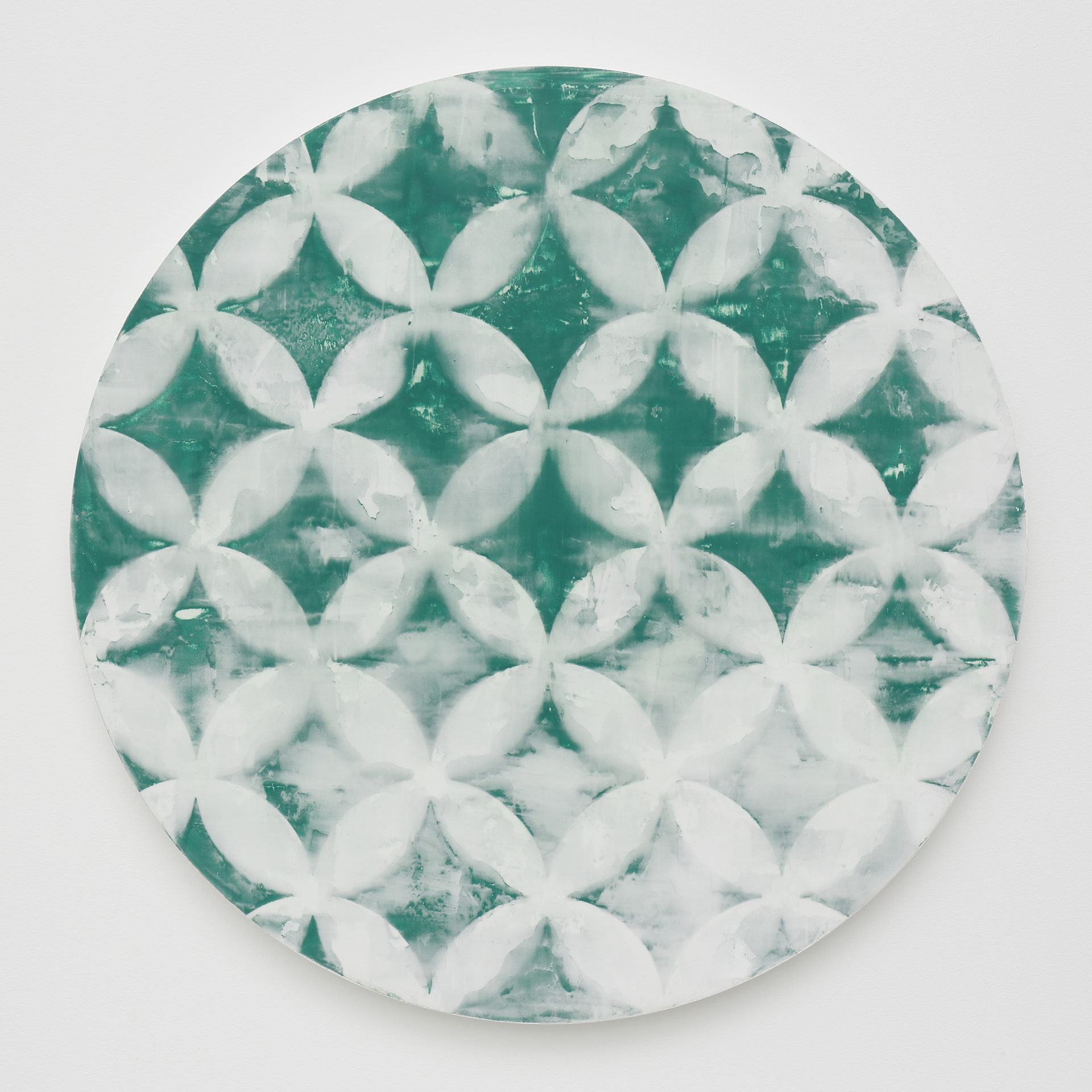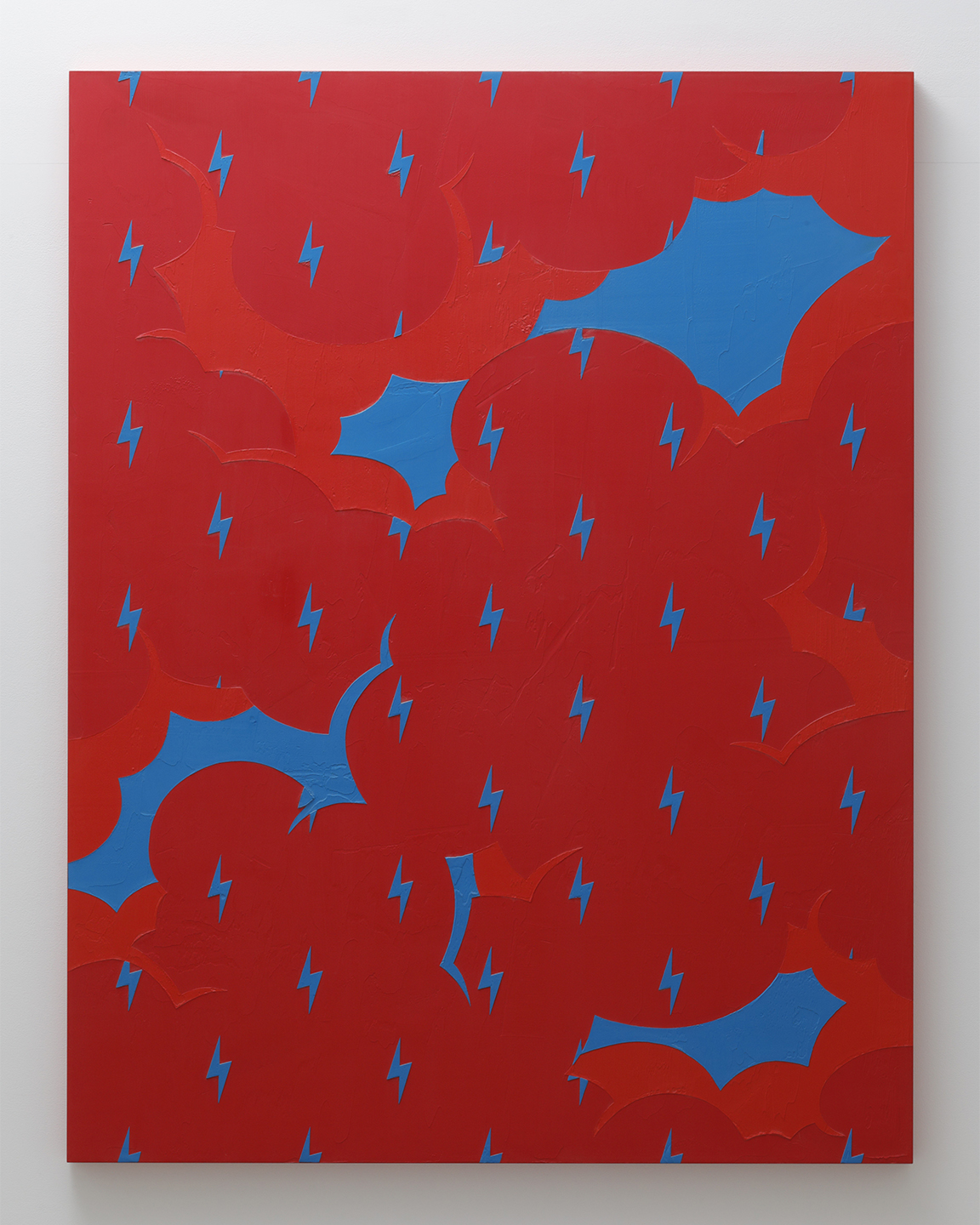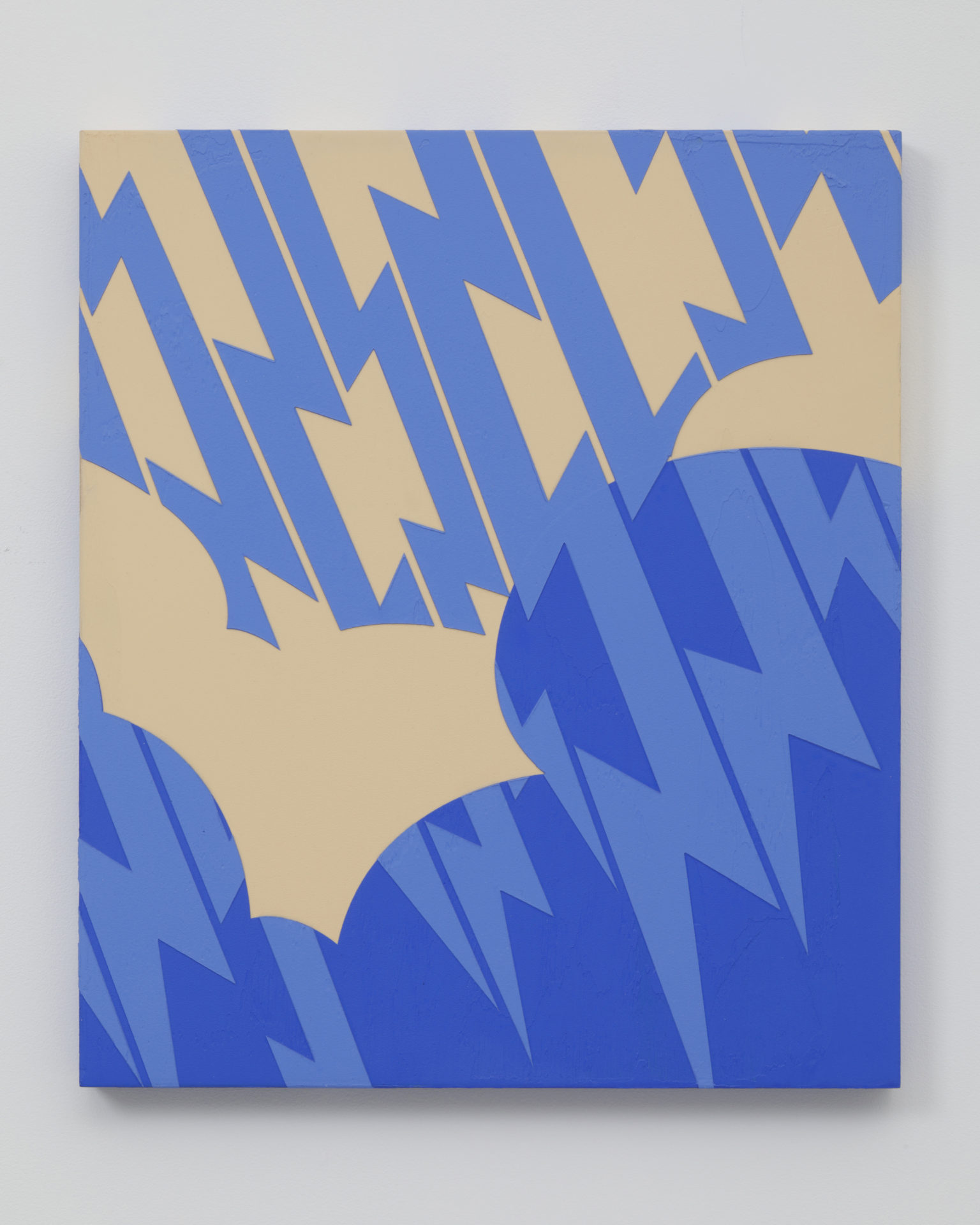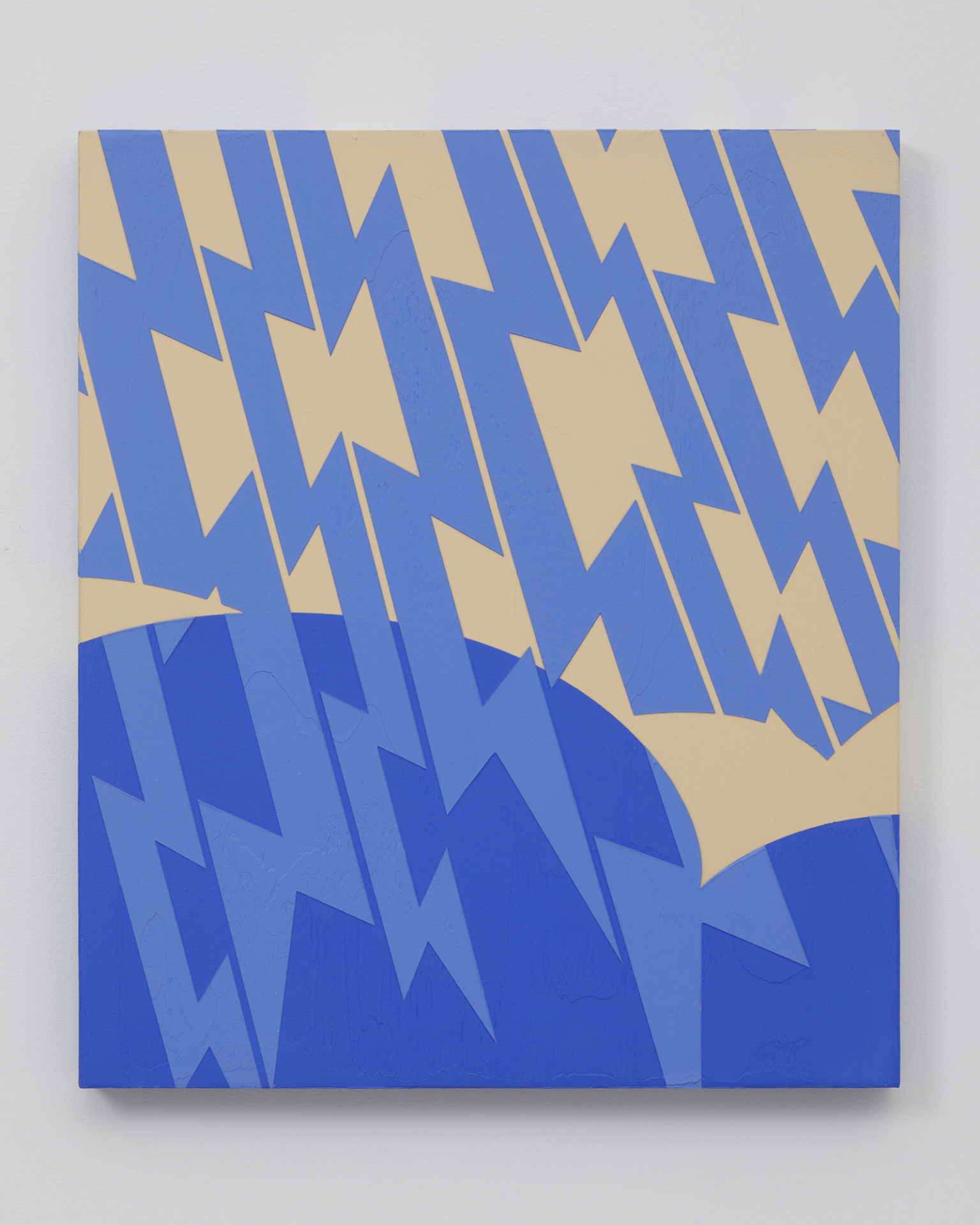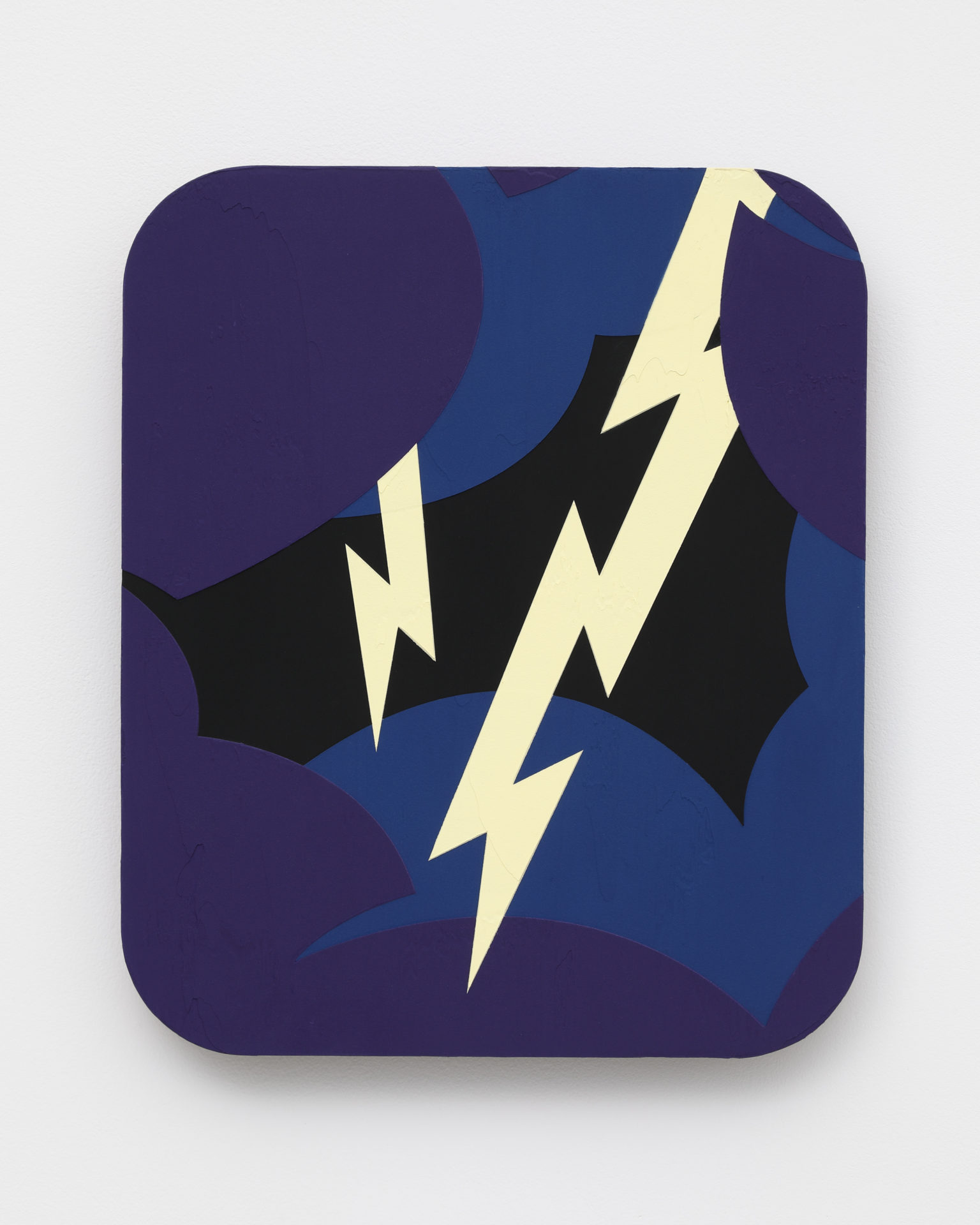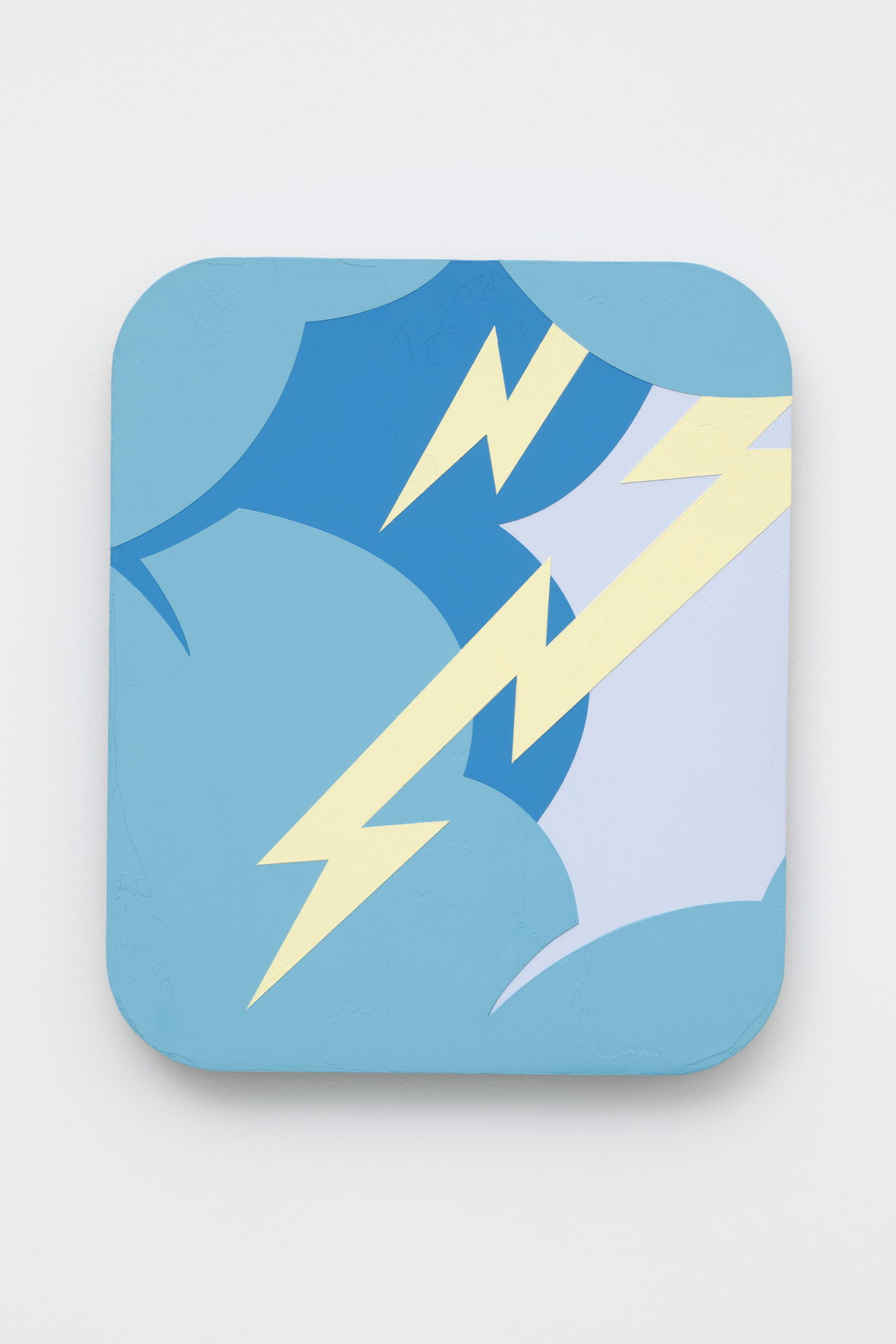Takuro Kuwata, Noritaka Tatehana
Booth FC06
KOSAKU KANECHIKA is pleased to show a presentation of works by Takuro Kuwata and Noritaka Tatehana, two internationally acclaimed Japanese artists, for the inaugural edition of Art SG in 2023. At the forefront of Japanese contemporary art rooted in traditional craft, both artists create singular work that feature vivid colors and contemporary form while maintaining a firm focus on traditional aesthetic ideas and techniques.
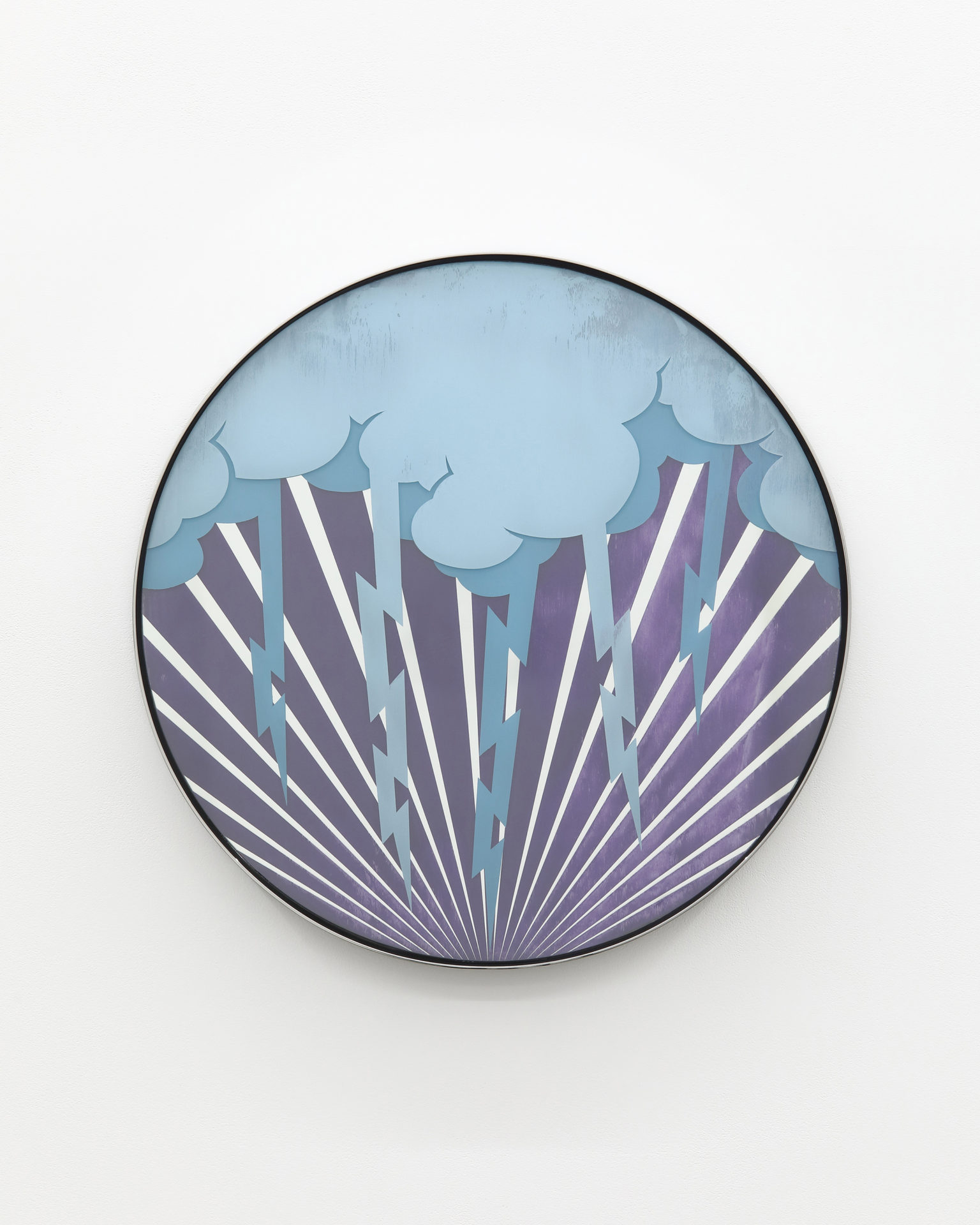
Descending Layer
2021
Acrylic, glass, mirror, stainless steel, steel
h.60.0 x w.60.0 x d.5.4 cm
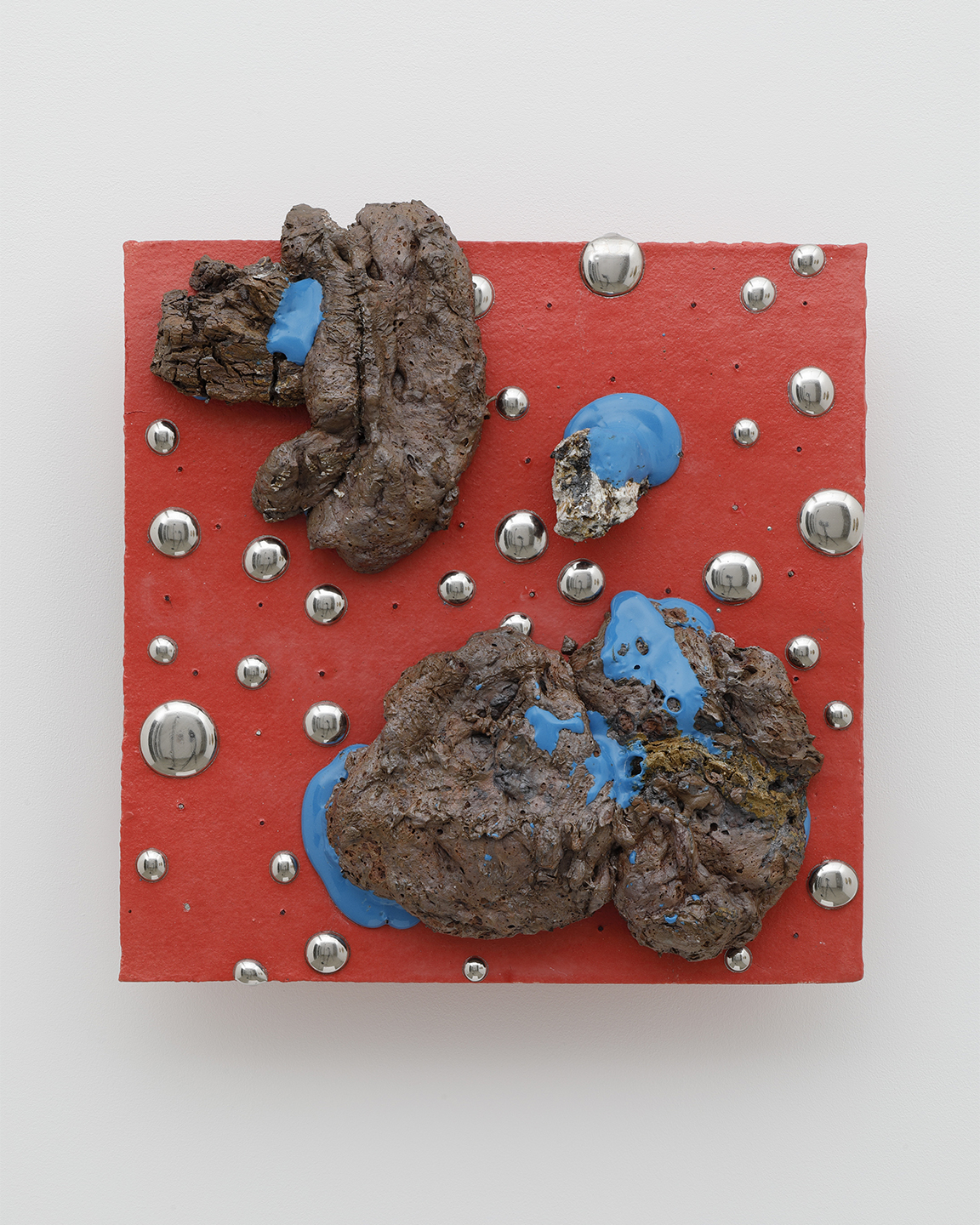
Untitled
2016
Porcelain, stone, glaze, pigment, platinum, steel
h.44.3 x w.41.0 x d.16.0 cm
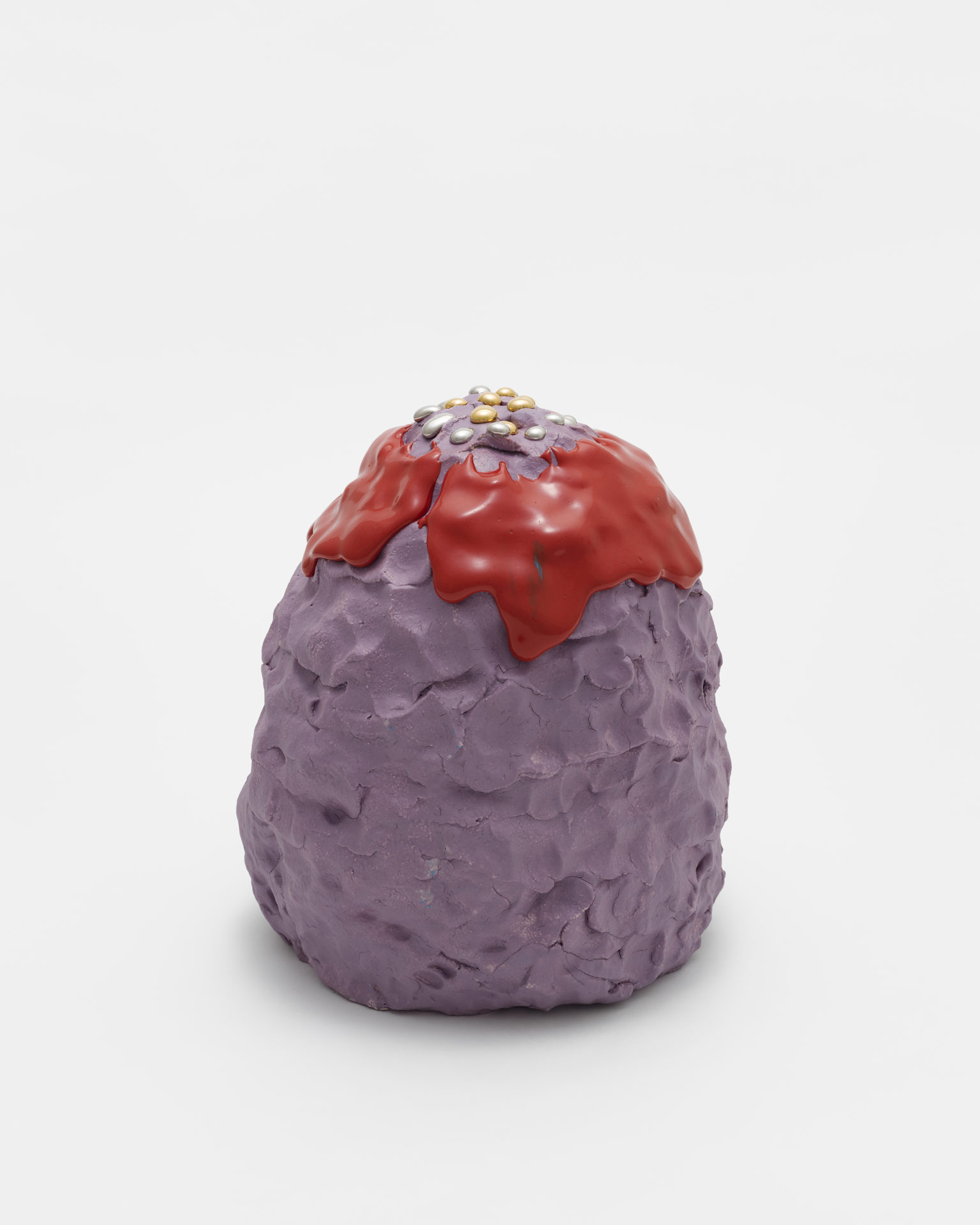
Untitled
2022
Porcelain, glaze, pigment, gold, platinum
h.35.0 x w.31.5 x d.31.5 cm
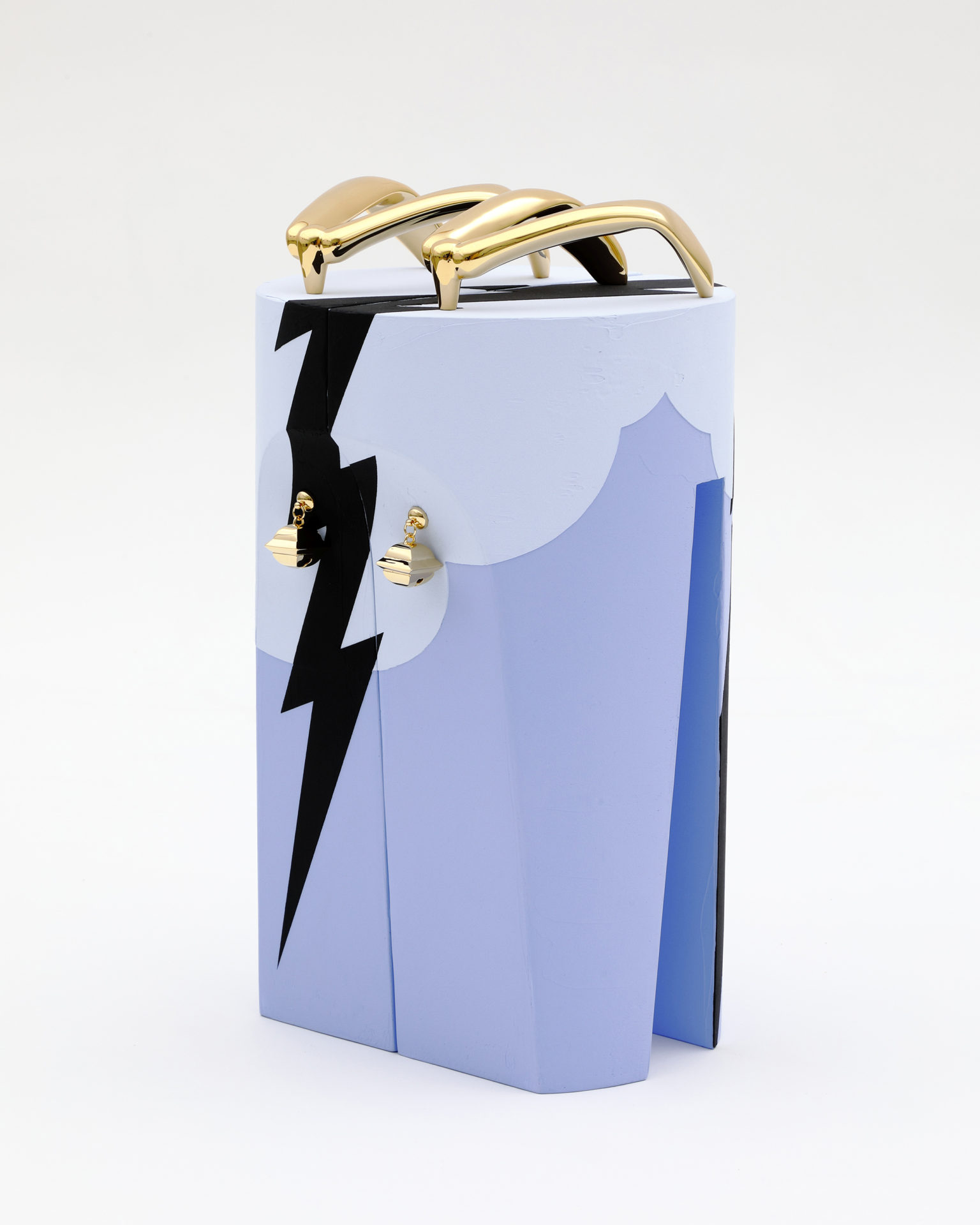
Floating World Series
2021
Acrylic, wood, bronze, brass
h.44.5 x w.24.5 x d.24.0 cm
Takuro Kuwata has been rapidly expanding the possibilities of ceramic art, creating works of an unparalled nature that have been exhibited globally in Brussels, London, and New York. Kuwata’s contemporary visual language, which utilizes techniques of traditional Japanese pottery such as kairagi and ishihaze in an original manner, has garnered international acclaim. Situated at the heart of Japanese ceramic artistry, Kuwata’s studio in the Mino region of Gifu retains history and techniques dating back to feudal Japan. Inheriting the traditional tea-ceremony aesthetic of wabi-sabi, imperfect beauty and natural forms are celebrated in the preservation of a rustic, unrefined elegance. Through dialogue with the environment, history, nature, and time, Kuwata fuses together elements of tradition and modernity.
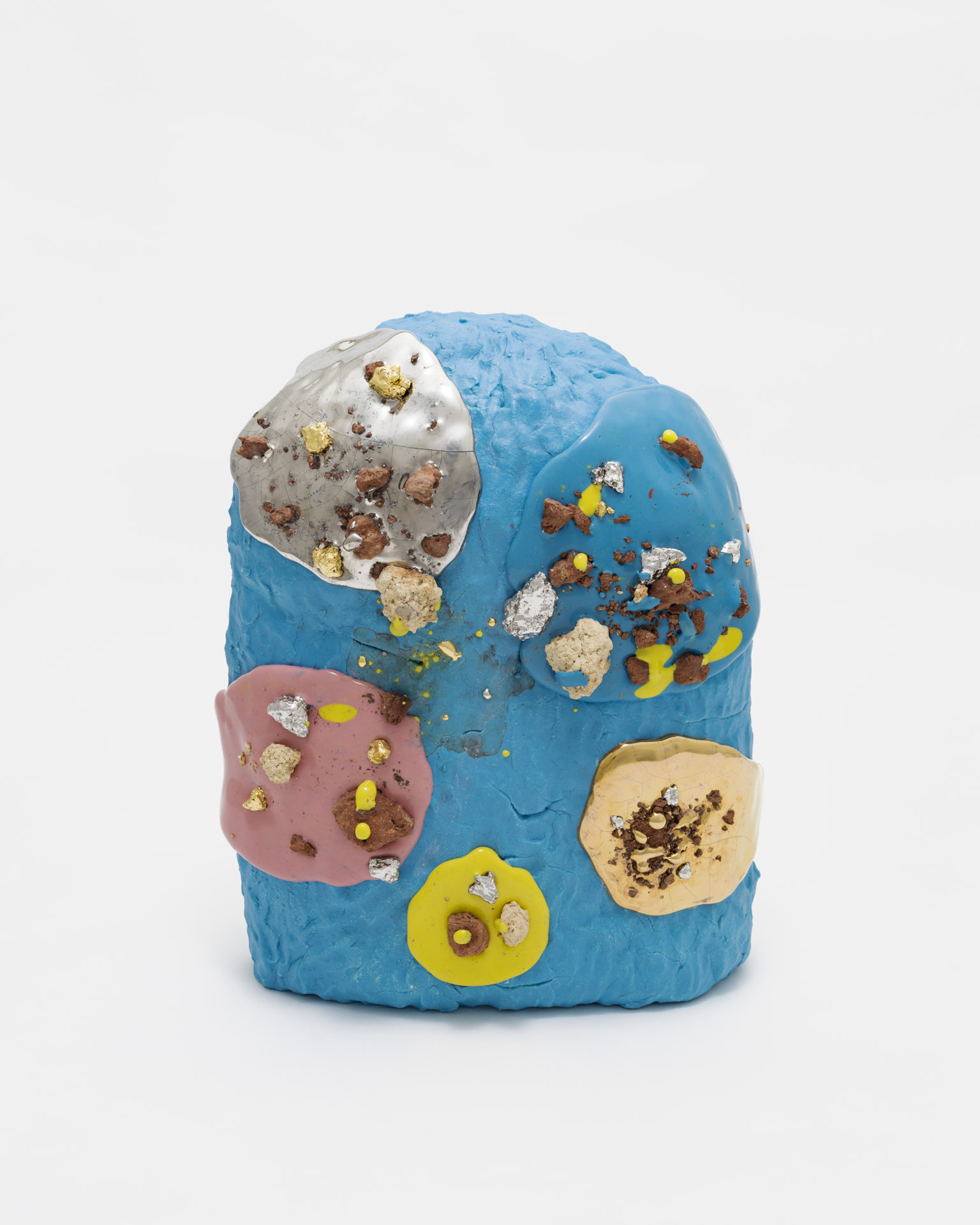
Untitled
2022
Porcelain, stone, glaze, pigment, gold, platinum, gold leaf, platinum leaf
h.54.5 x w.43.0 x d.30.0 cm
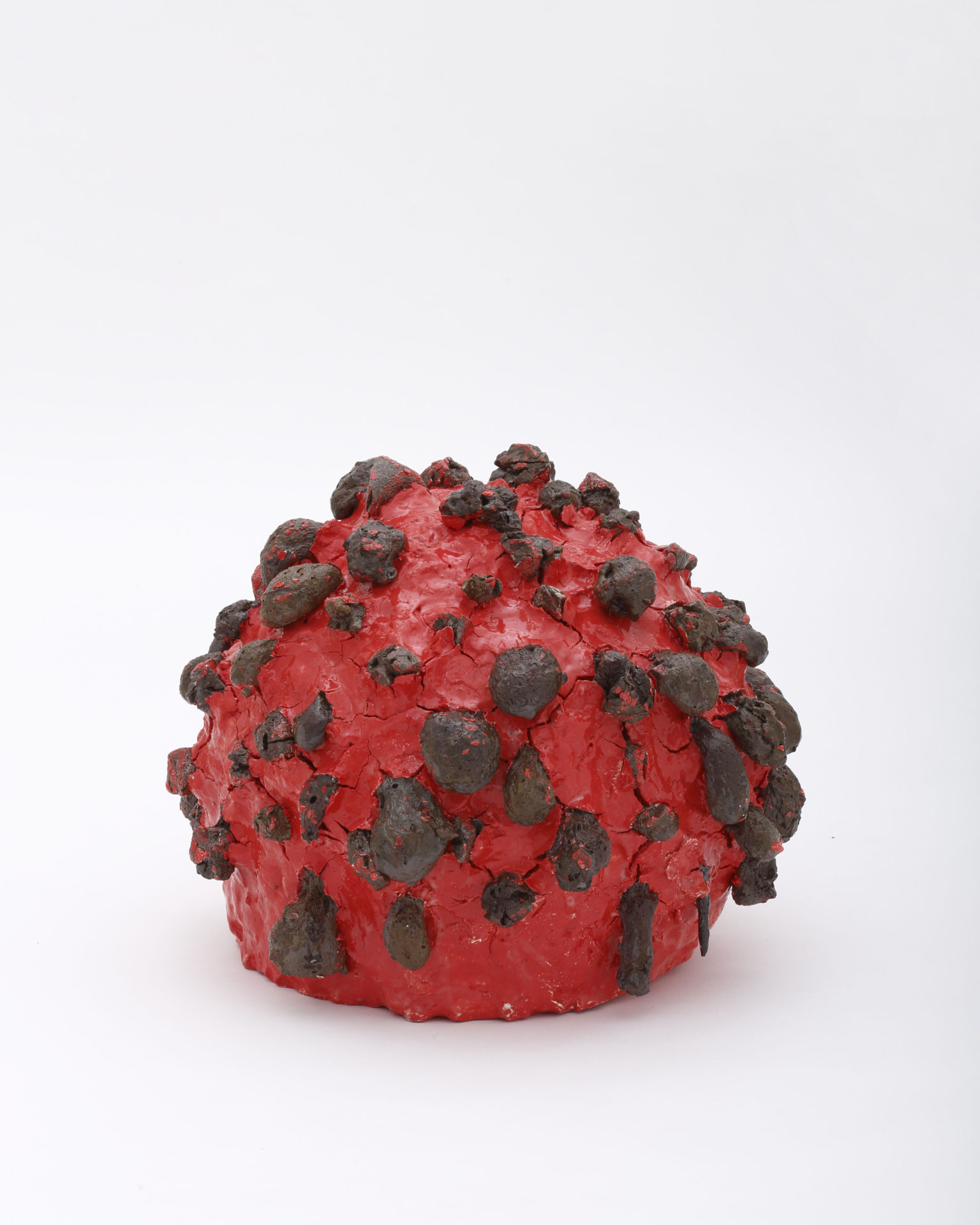
Untitled
2017
Porcelain, stone, glaze, pigment
h.33.0 x 41.5 x 40.5 cm
Noritaka Tatehana presents a never-before-seen perspective and worldview by combining elements of traditional Japanese culture with values of the contemporary world. His carefully honed artistry is elegantly expressed throughout his various media. Nurturing the sensitivities of a rich history, mythology, and innovation, the works of Tatehana burst with his potential and hopes for the future. He is renowned for his work titled “Heel-less Shoes,” which is inspired by the elevated wooden clogs worn by traditional Japanese courtesans and attracted global recognition since being worn by Lady Gaga. To date, his works have been collected by institutions such as the Metropolitan Museum of Art in New York, and the Victoria & Albert Museum in London.
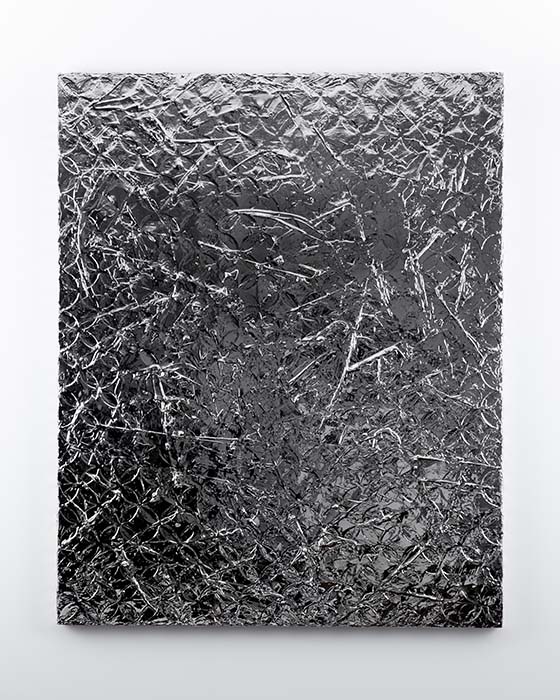
Embossed Painting
2016
Silver coating, acrylic, leather on canvas mounted on panel
163.0 x 131.5 cm
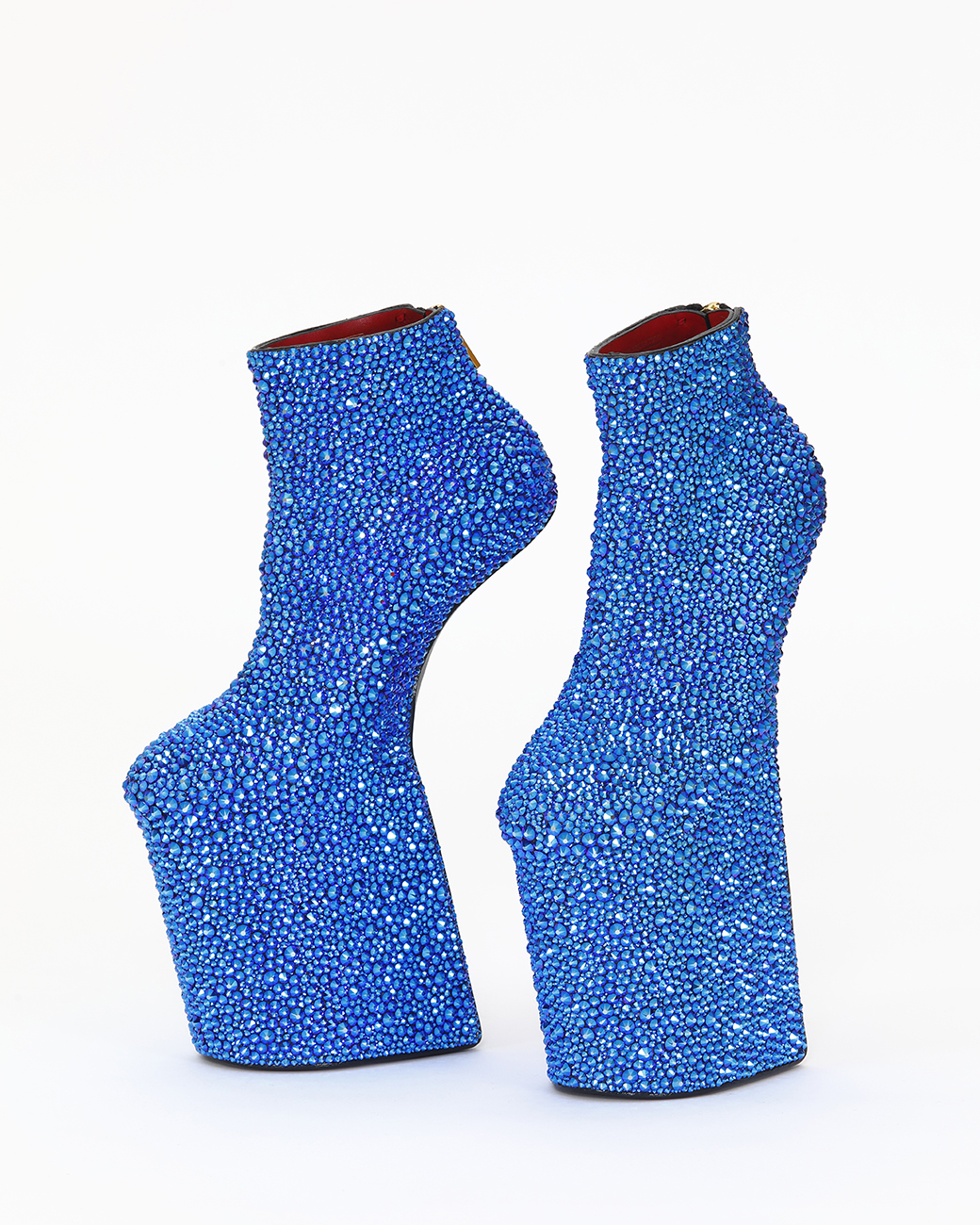
Heel-less Shoes
2021
Dyed cowhide, pig suede, coated glass crystal, metal fastener
h.31.5 x w.8.8 x d.20.0 cm each
The presentation will consist of 24 works by the two artists.
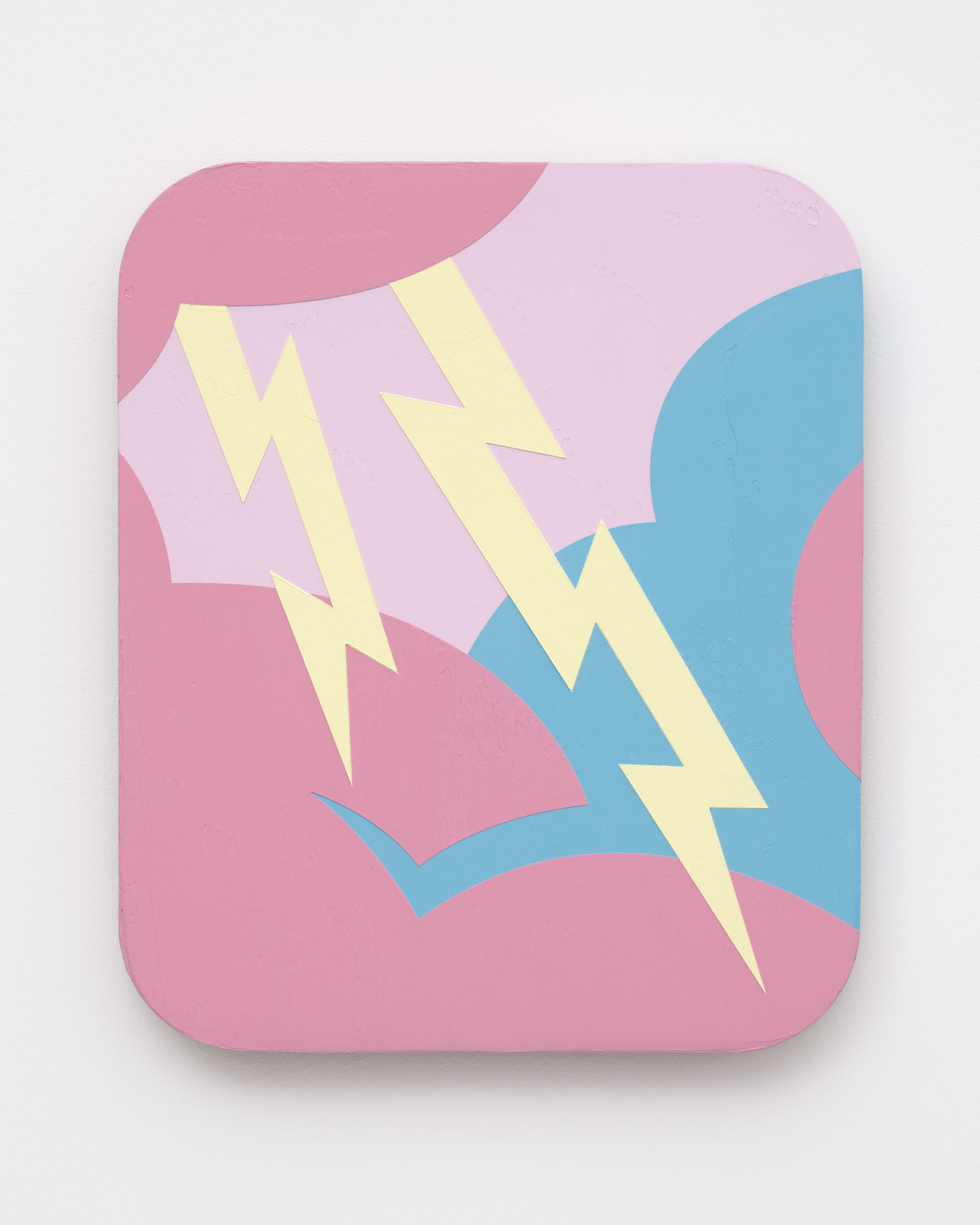
Descending Painting
2021
Acrylic on panel
45.5 x 38.0 cm
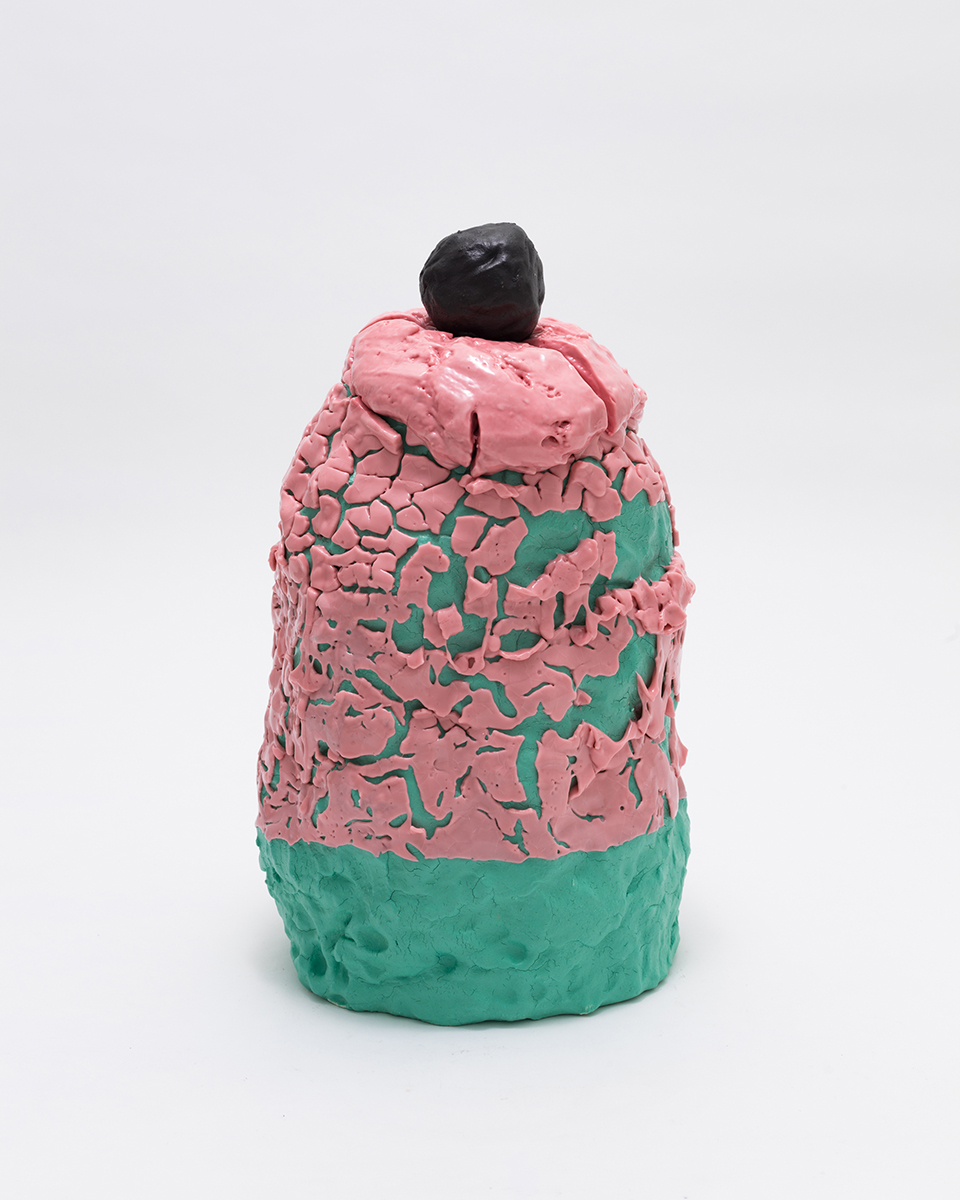
Untitled
2022
Porcelain, glaze, pigment
h.54.0 x w.31.5 x d.30.5 cm
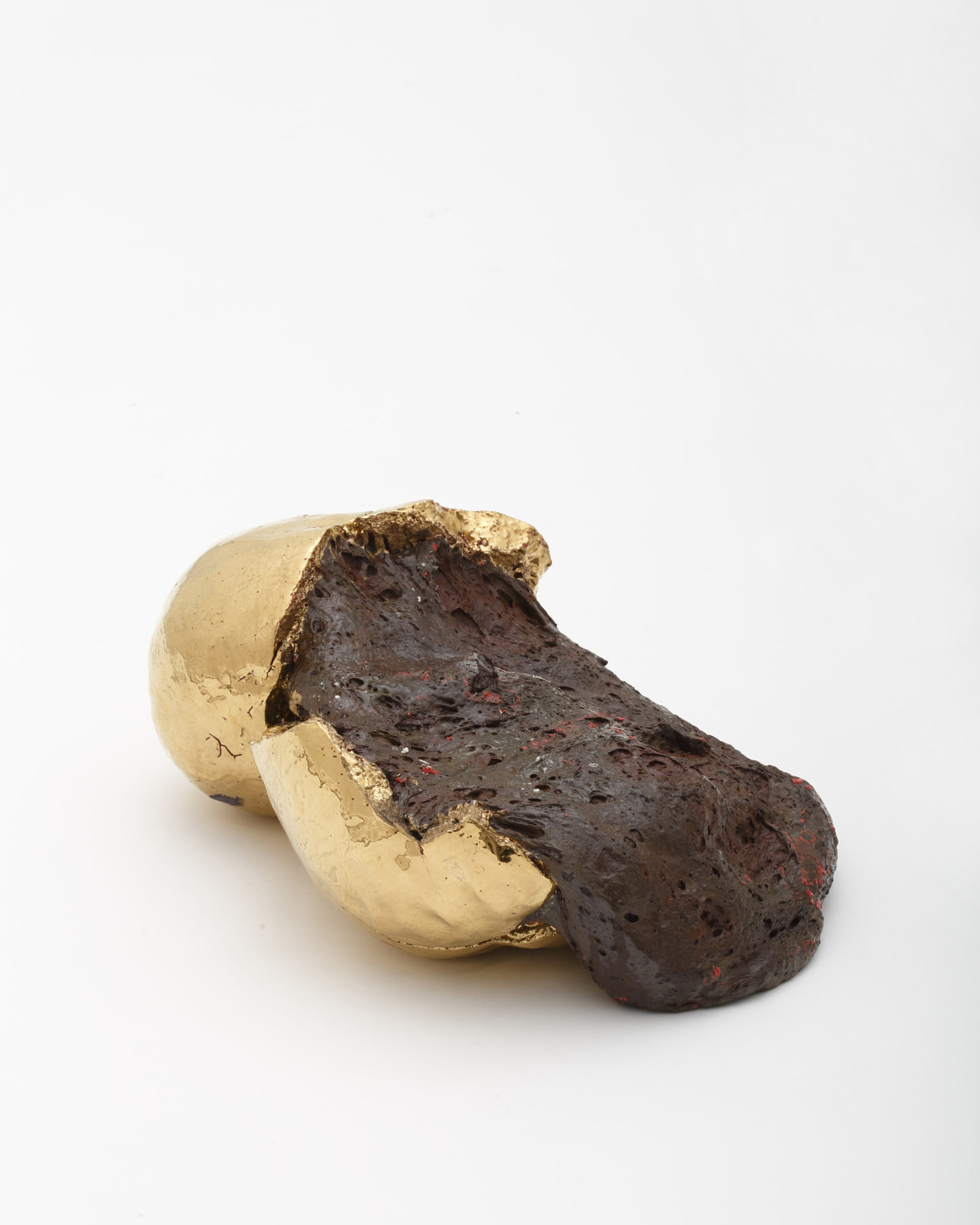
Untitled
2017
Porcelain, stone, glaze, pigment, gold
h.13.7 x 25.0 x 33.2 cm
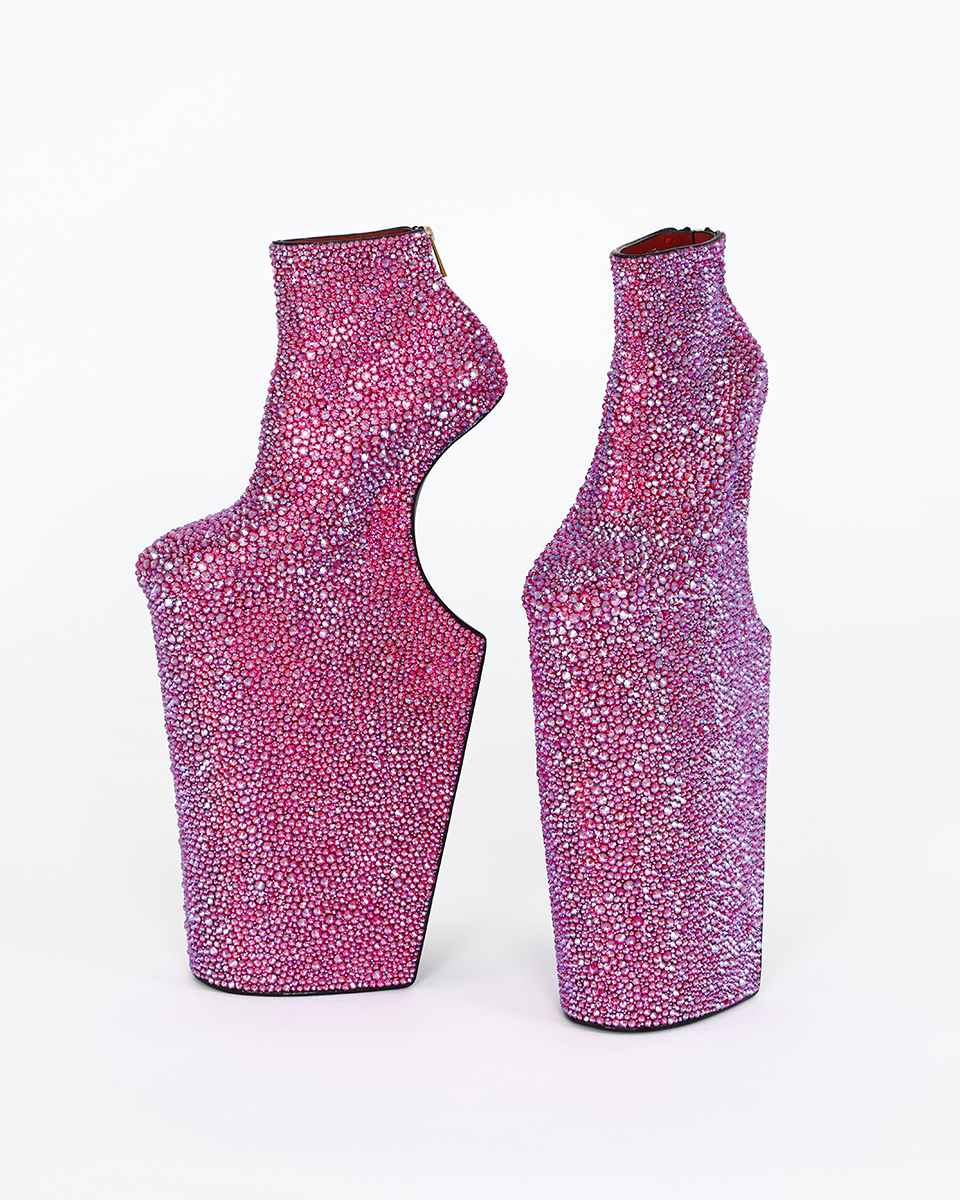
Heel-less Shoes
2021
Dyed cowhide, pig suede, coated glass crystal, metal fastener
h.45.6 x w.11.0 x d.22.3 cm each
Takuro Kuwata
Takuro Kuwata was born in Hiroshima, Japan in 1981. Following his graduation from Kyoto Saga University of Arts, in 2002 he began studying under ceramic artist Susumu Zaima. In 2007, he graduated from the Tajimi City Pottery Design and Technical Center and is currently based in Gifu, Japan. His works have been exhibited globally in cities such as Brussels, London, and New York in major exhibitions including “Art Crafting Towards the Future” (21st Century Museum of Contemporary Art, Kanazawa, 2012), “Japanese Kogei | Future Forward” (the Museum of Arts and Design, New York, 2015), “GO FOR KOGEI 2021” (Okamoto-Otaki Shrine, Fukui, 2021), and “Strange Clay: Ceramics in Contemporary Art” (Hayward Gallery, London, 2022). Kuwata was a finalist for the LOEWE Craft Prize in 2018, and his works have been acquired by various international public collections including the Rubell Family Collection, the Palm Springs Museum, the 21st Century Museum of Contemporary Art, Kanazawa, the University of Michigan Museum of Art, and the Art Institute of Chicago.
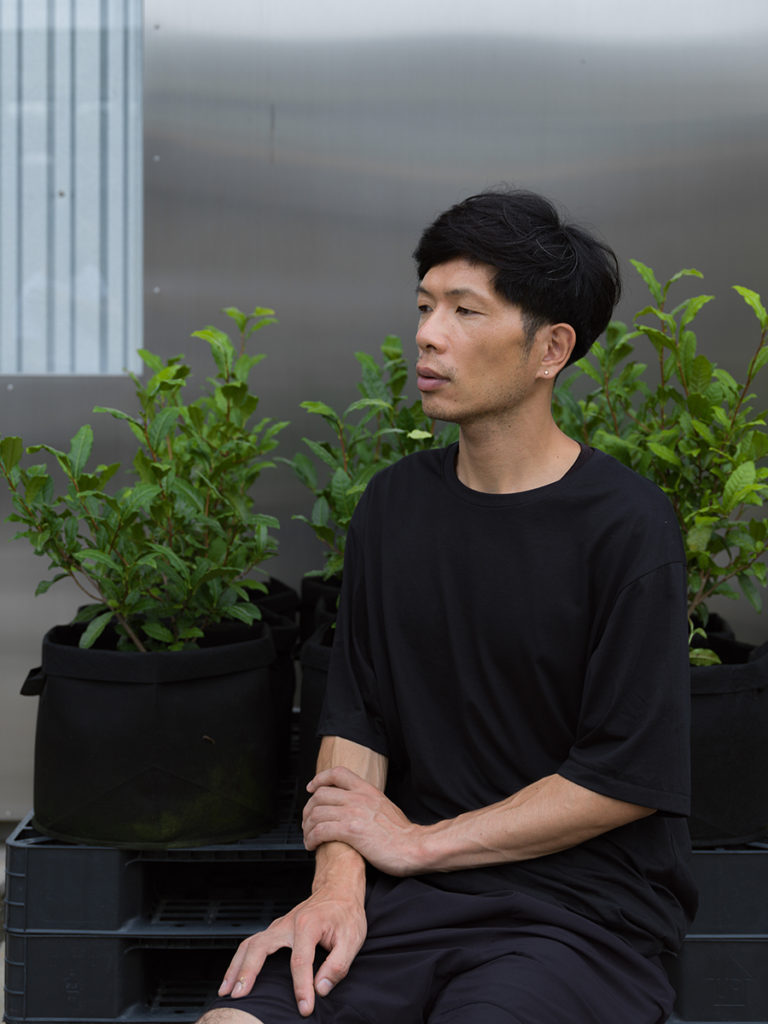
Noritaka Tatehana
Noritaka Tatehana was born in Tokyo in 1985. His family ran a public bathhouse called “Kabuki-yu” in Kabuki-cho, Tokyo, while he grew up in Kamakura, Japan. As a small child and under the influence of his mother, a doll artist who practices the Waldorf education method, the artist learned to create with his own hands. Tatehana graduated in 2010 from the Department of Crafts at Tokyo University of the Arts, specializing in textile arts. While researching the culture associated with traditional Japanese courtesans, the artist created geta (traditional wooden clogs) and kimonos with yūzen – a traditional Japanese dyeing technique. Tatehana has presented his work in exhibitions such as “Image Makers” (21_21 DESIGN SIGHT, 2014) and “Future Beauty: 30 Years of Japanese Fashion” (The Museum of Contemporary Art Tokyo, 2012). He has also held various solo exhibitions which include “NORITAKA TATEHANA: Aesthetics of Magic” (Taro Okamoto Memorial Museum, 2016), “It’s always the others who die” (POLA Museum Annex, 2019), “NORITAKA TATEHANA: Refashioning Beauty” (Portland Japanese Garden, 2019) and “Contemporary Japanese Crafts” (touring exhibition in Tokyo, Miyazaki, Kyoto, and Nagoya, 2020-22) amongst others held in New York, Paris, and Belgium. Tatehana has also worked on a wide range of projects, including producing a bunraku performance in 2016 at the Cartier Foundation for Contemporary Arts in Paris. His works have been acquired by internationally acclaimed institutions such as the Metropolitan Museum of Art in New York and the Victoria & Albert Museum in London. Following the first edition in 2021, Tatehana directed the second edition of the online exhibition “Edo Tokyo Rethink” (Kyu-Iwasaki-tei Gardens, 2022), an event organized by the city of Tokyo as part of its cultural program “Edo Tokyo Kirari Project” with a focus on traditional crafts and industries of Tokyo.
